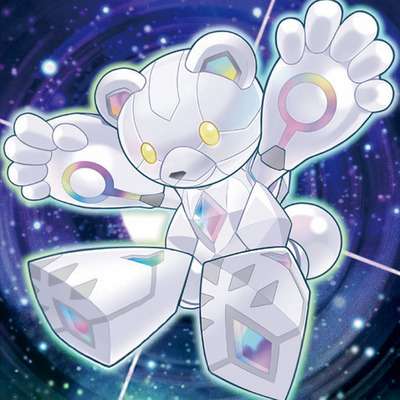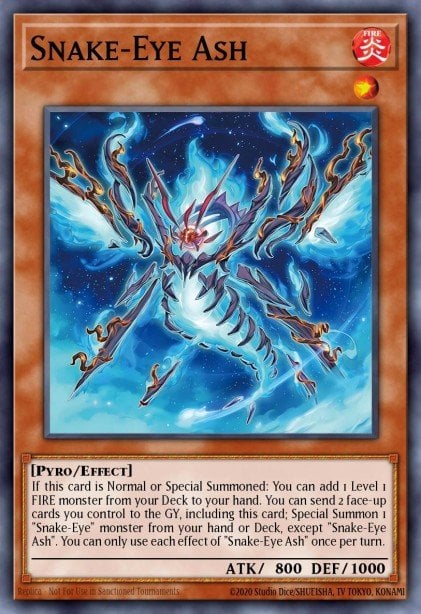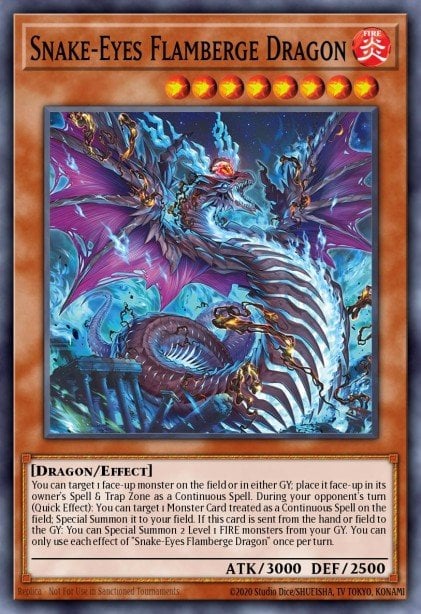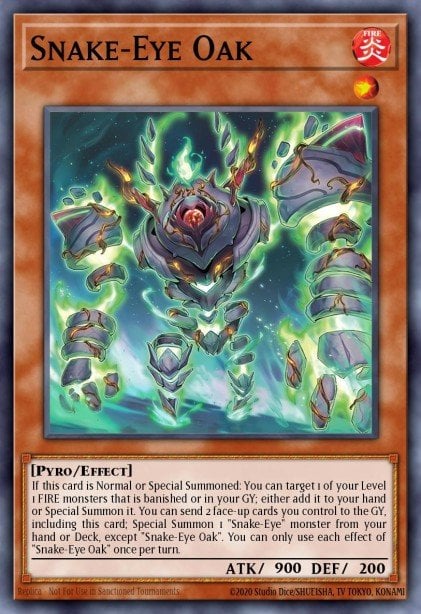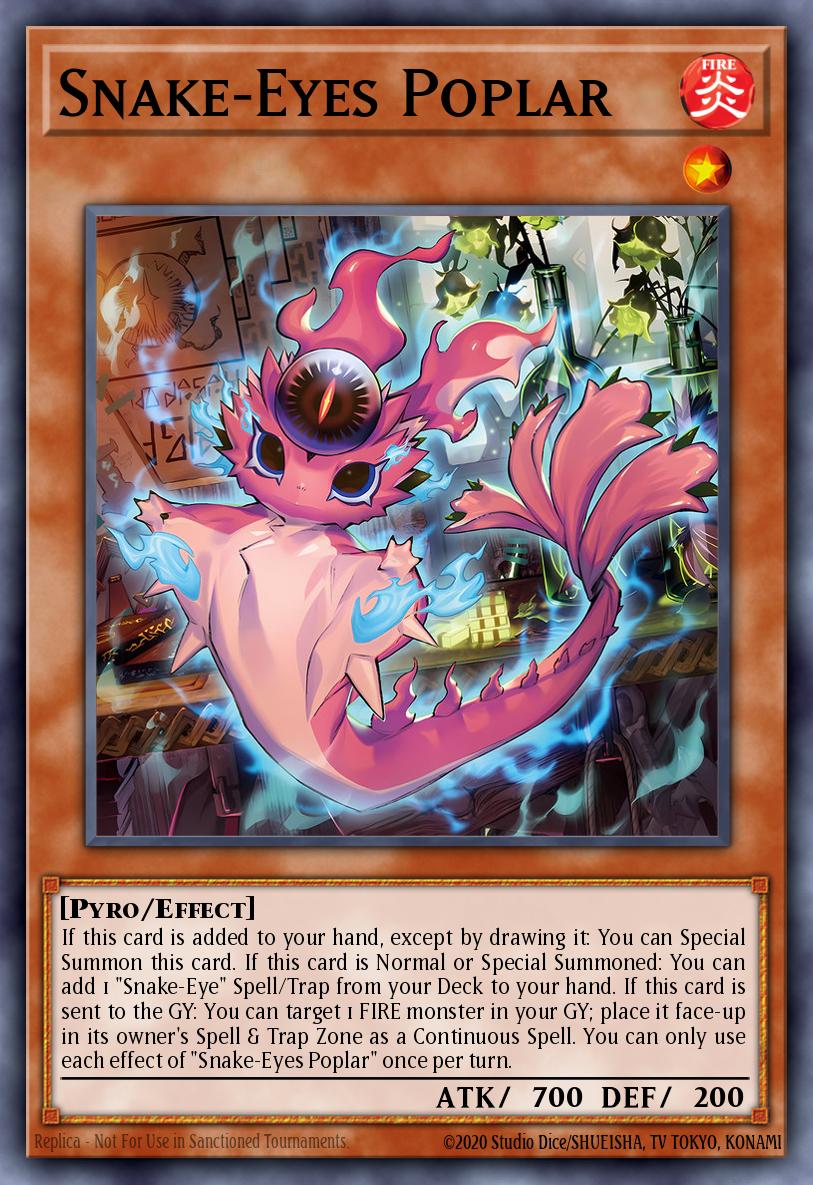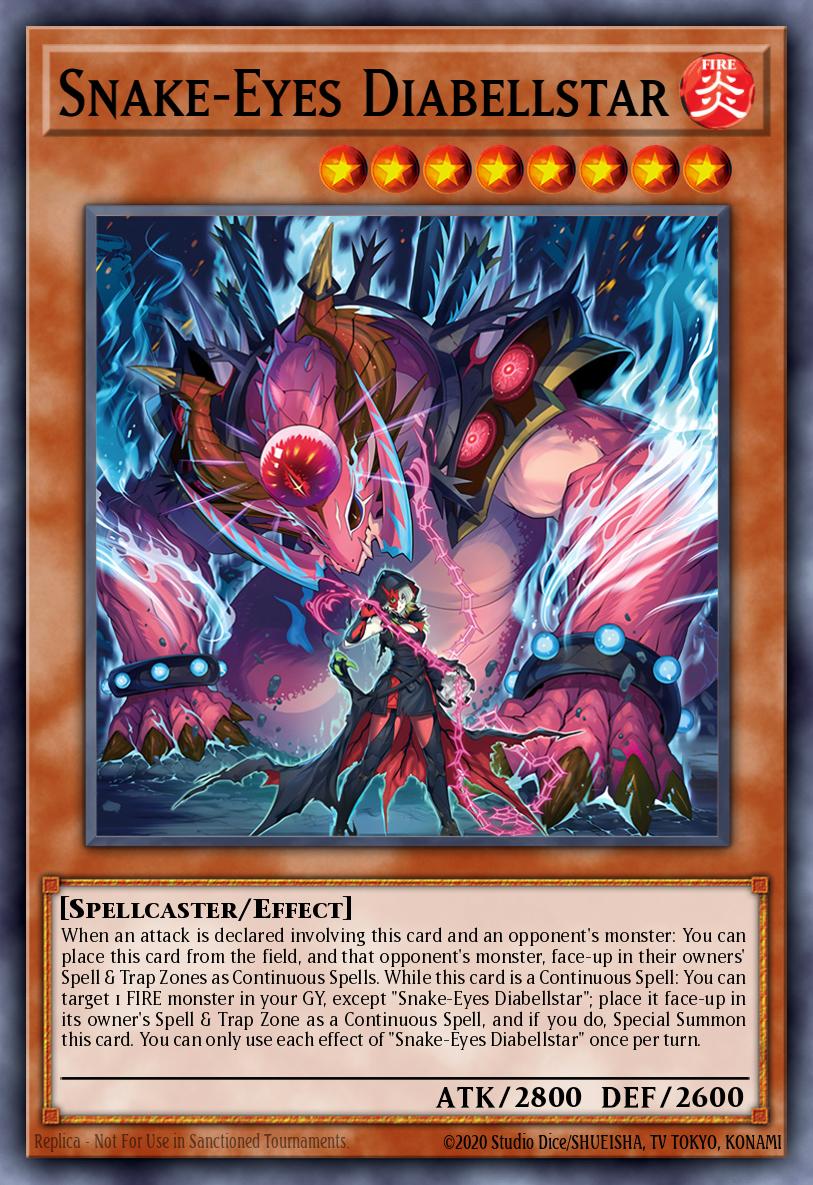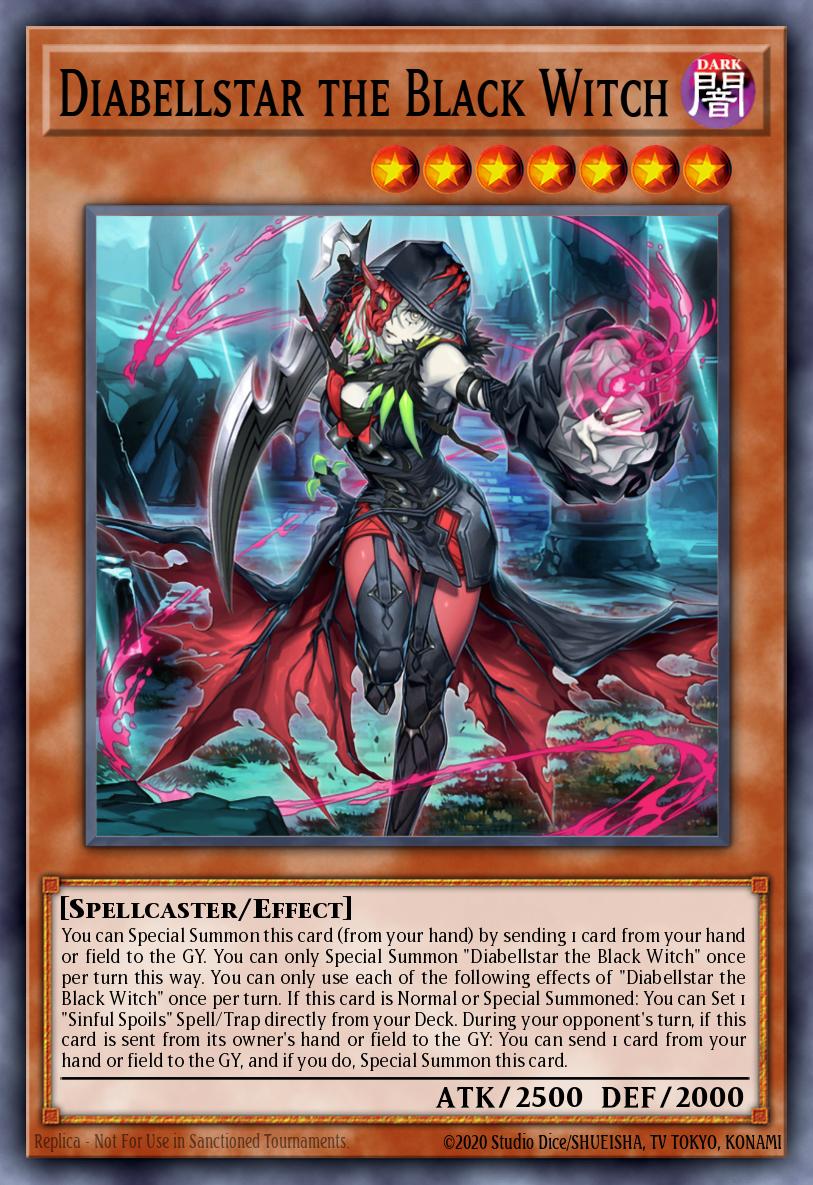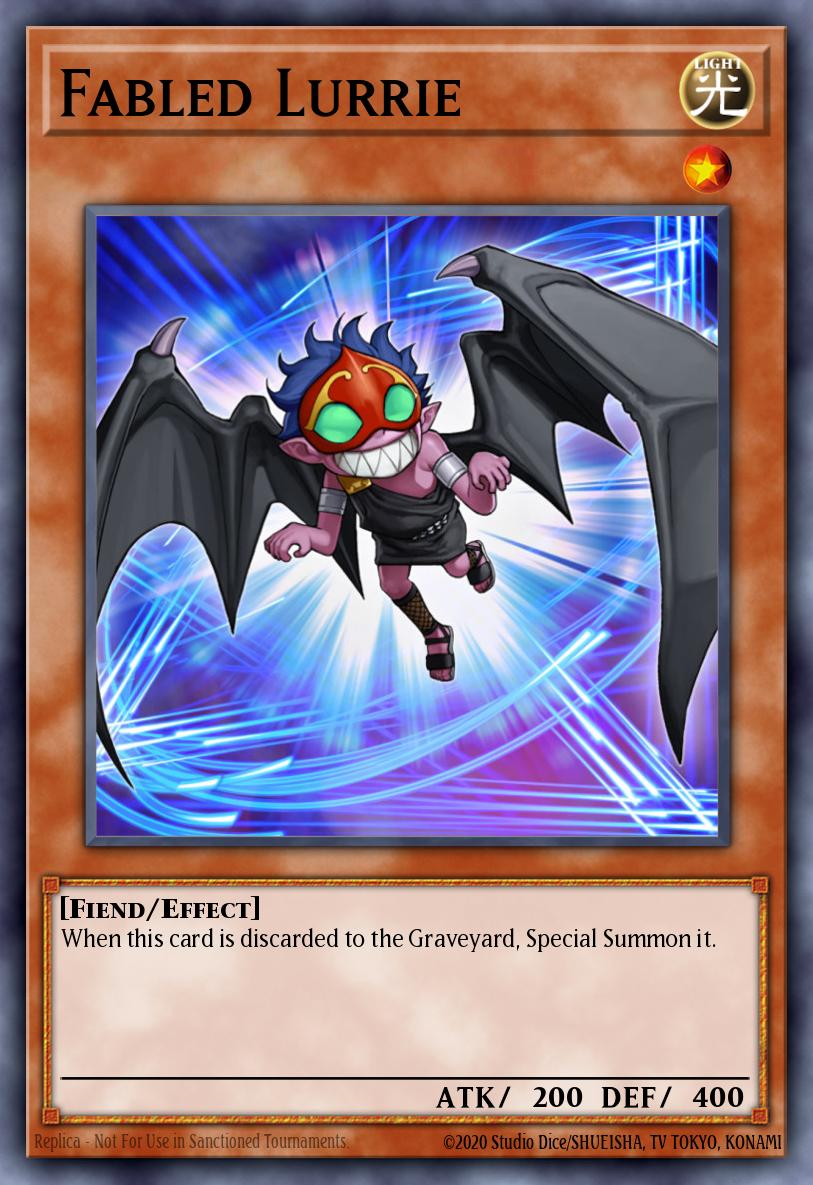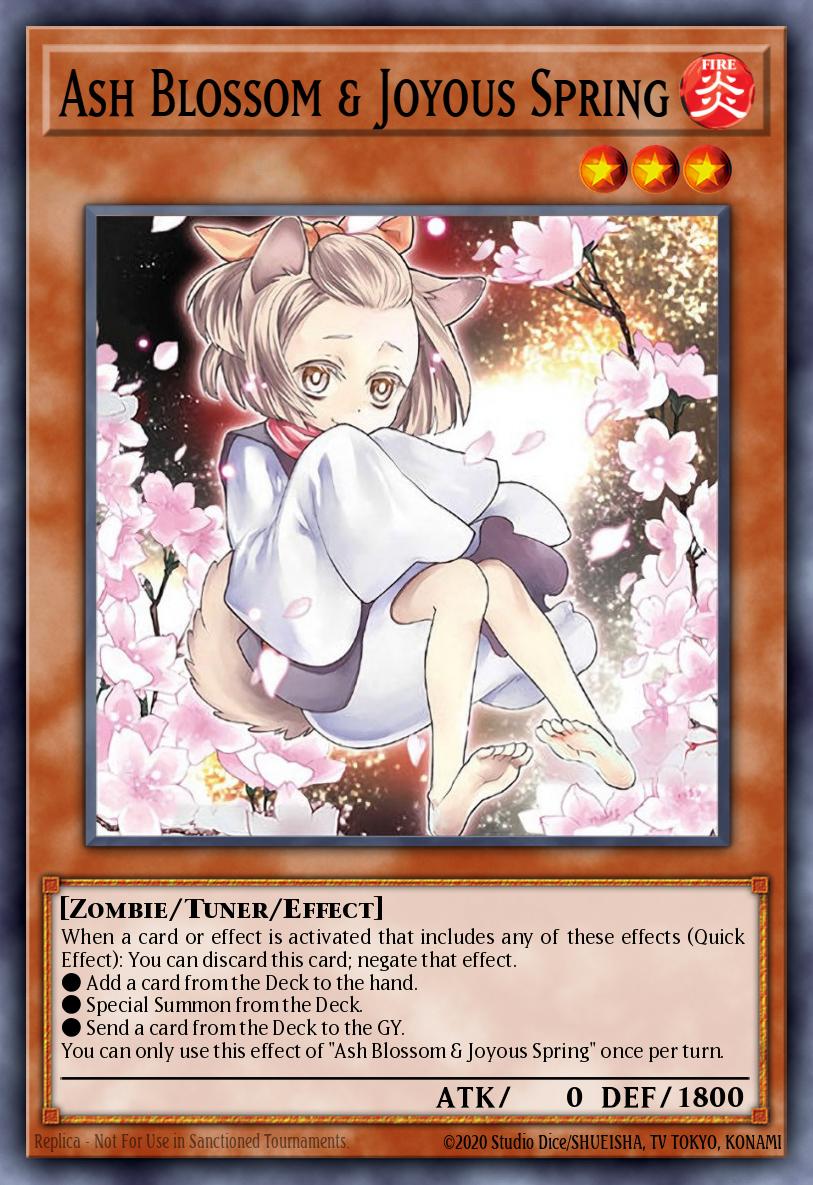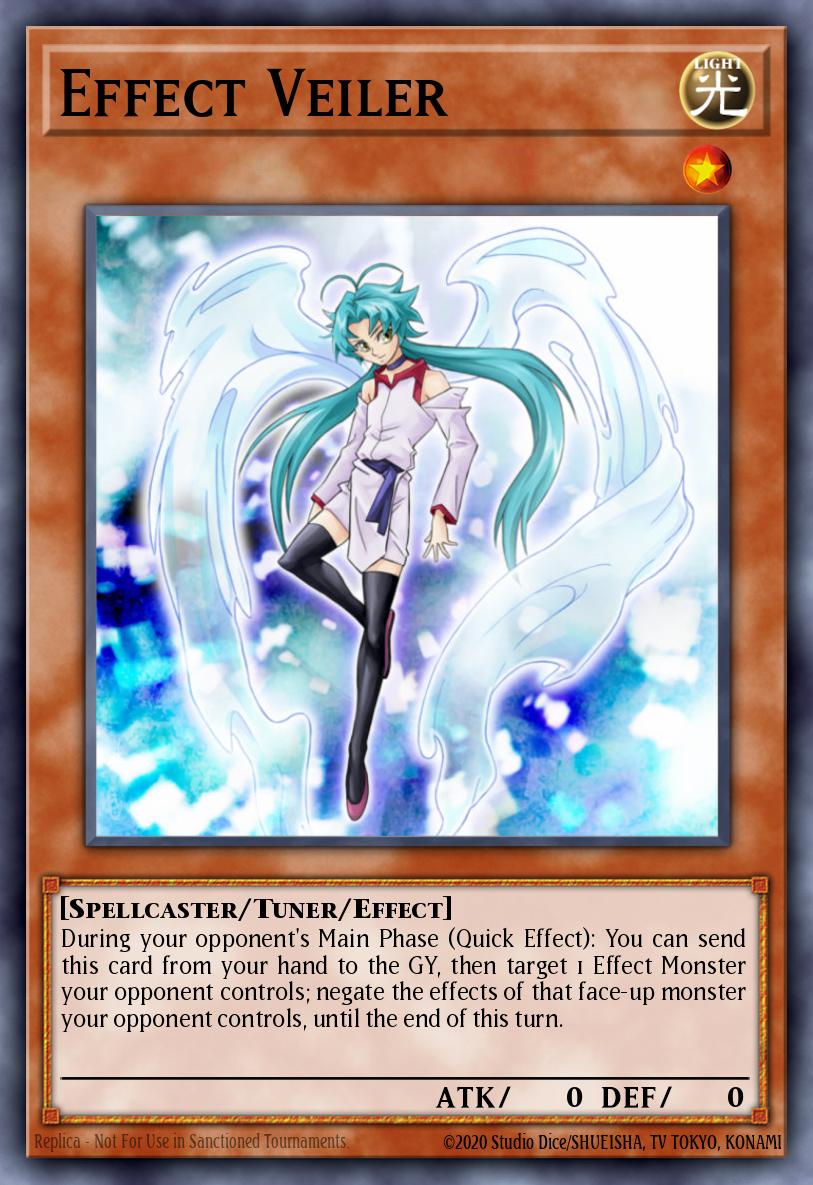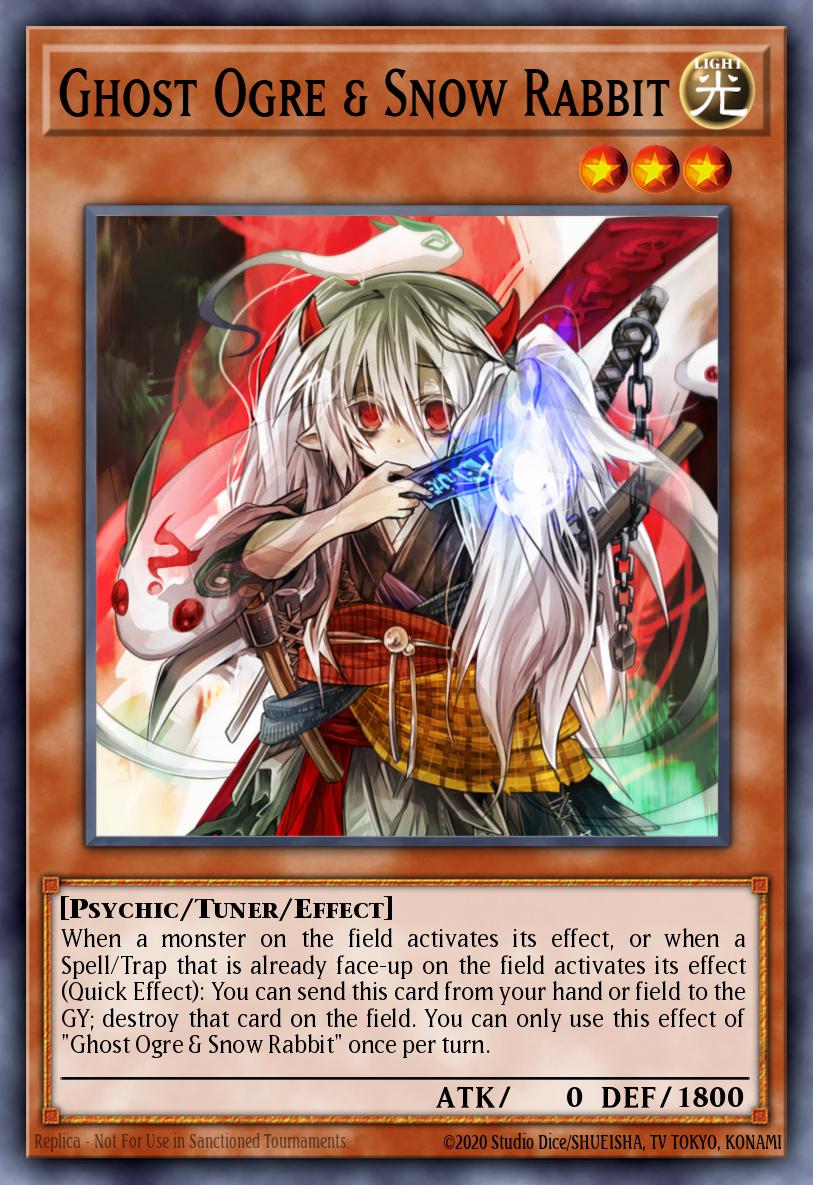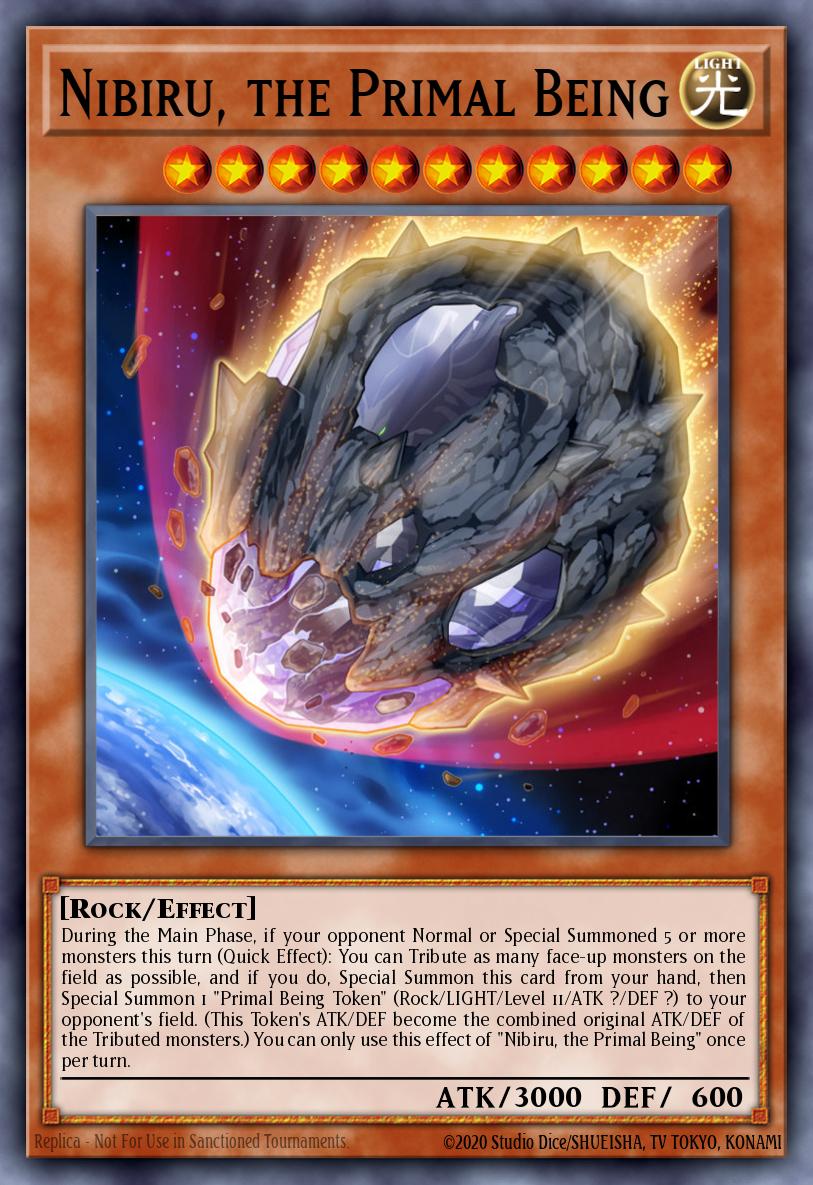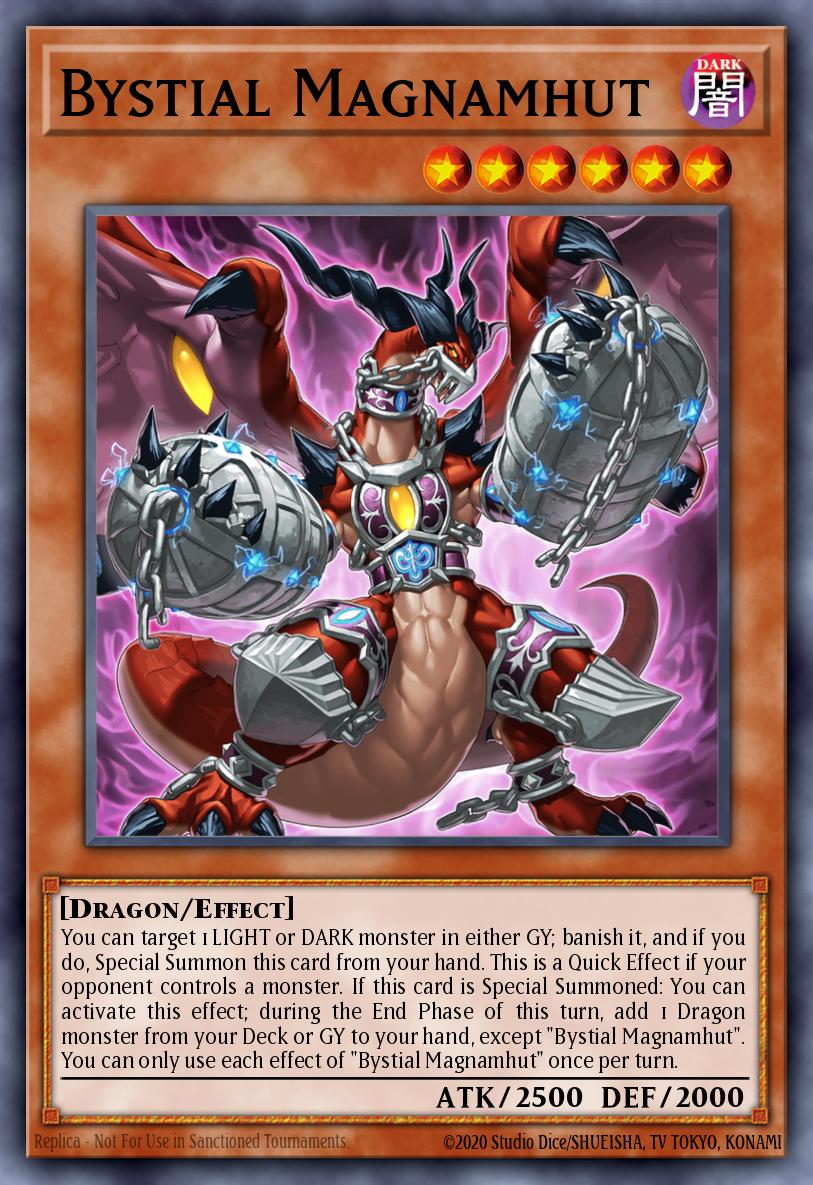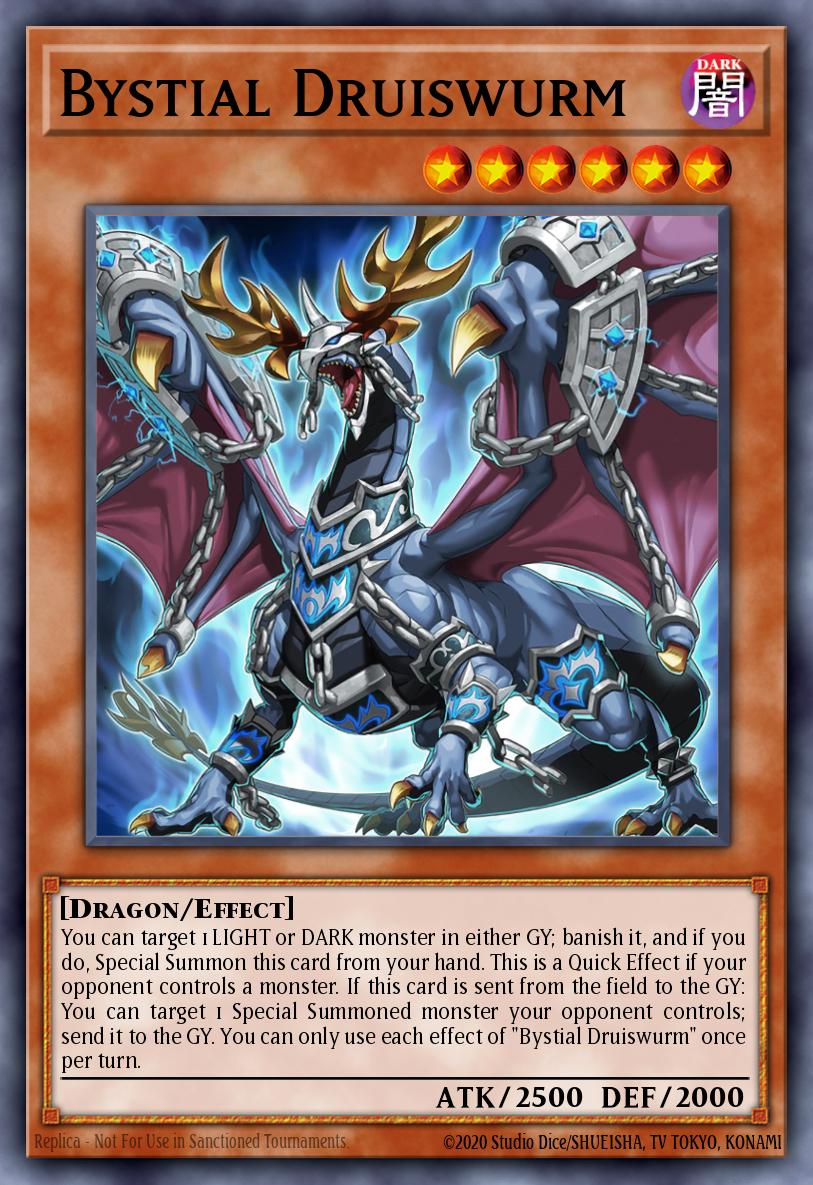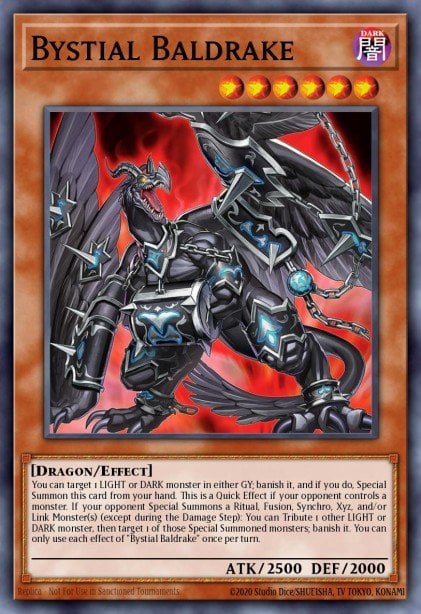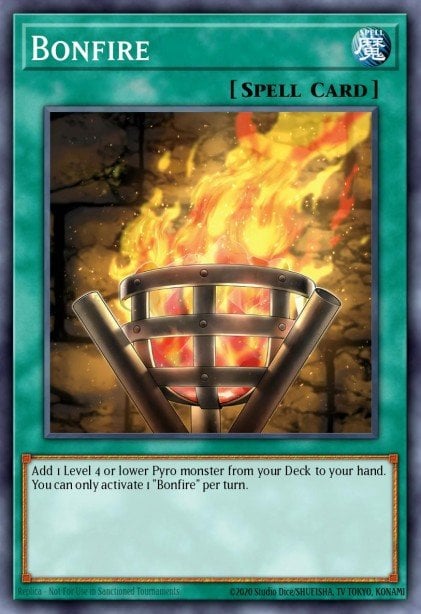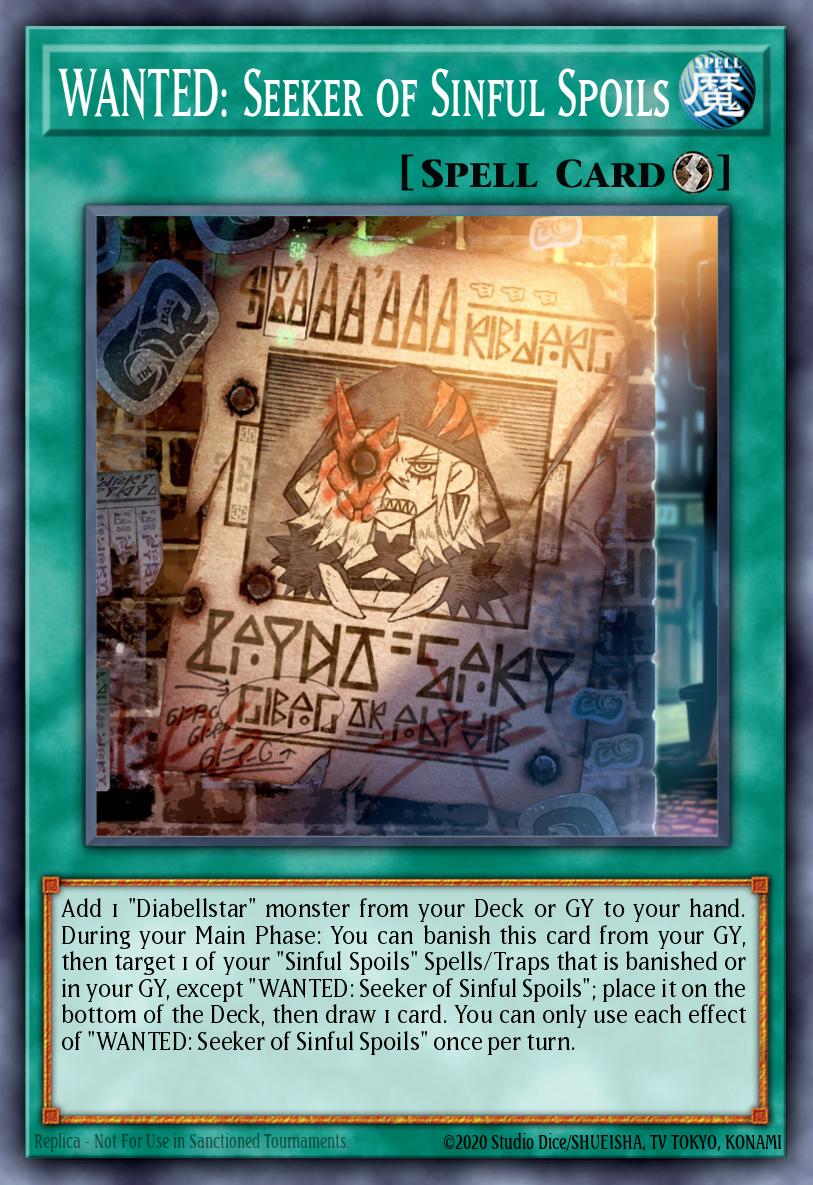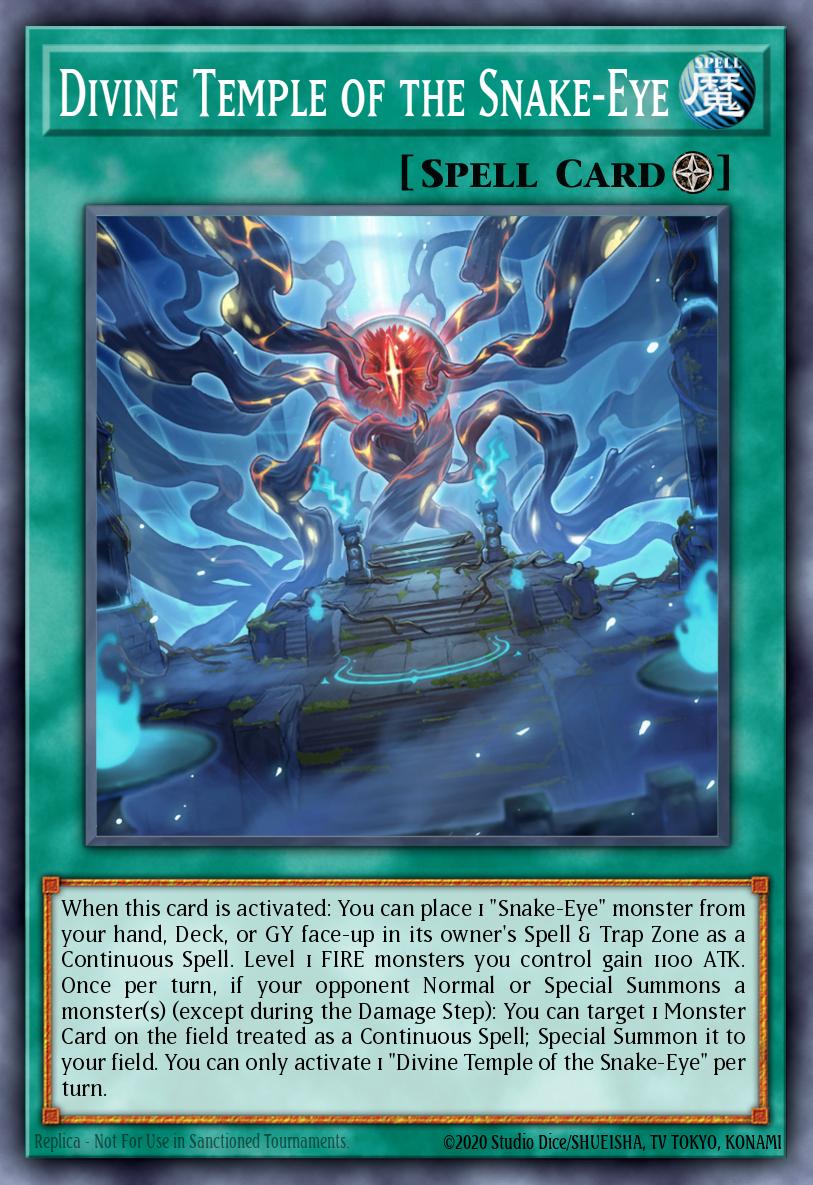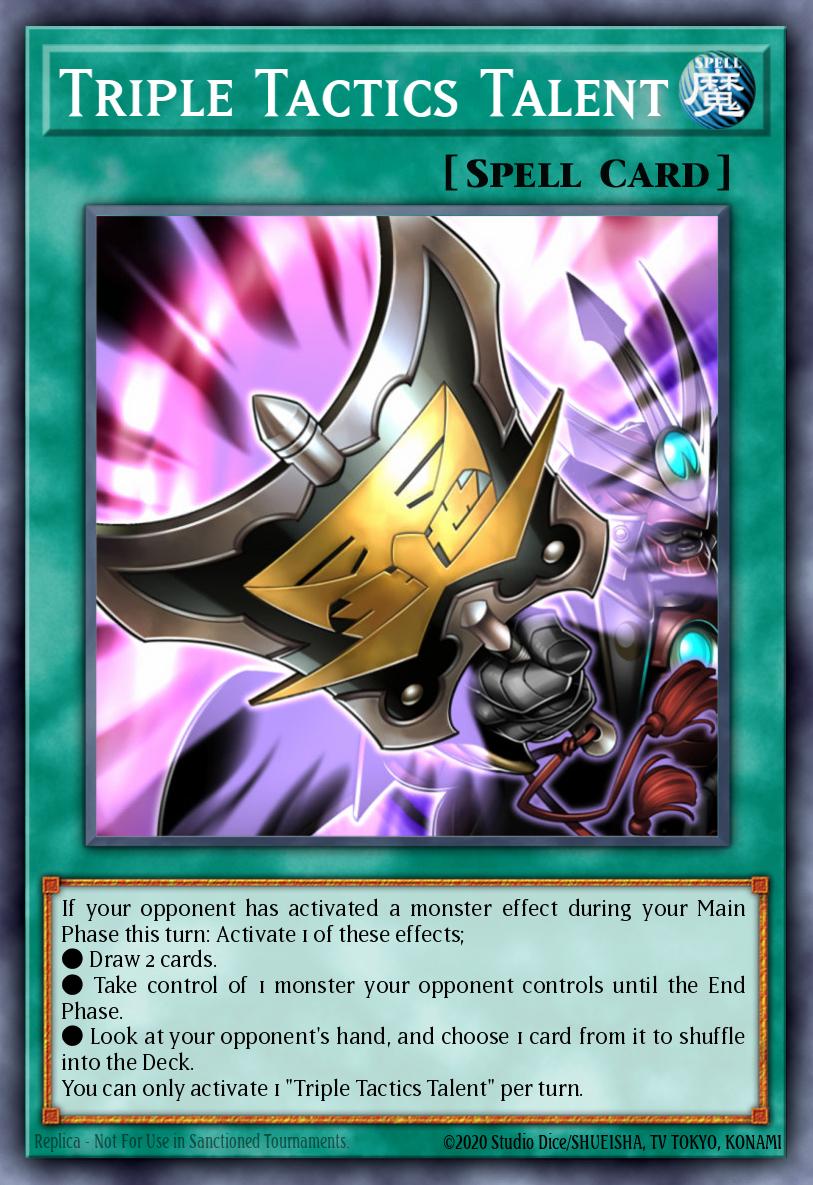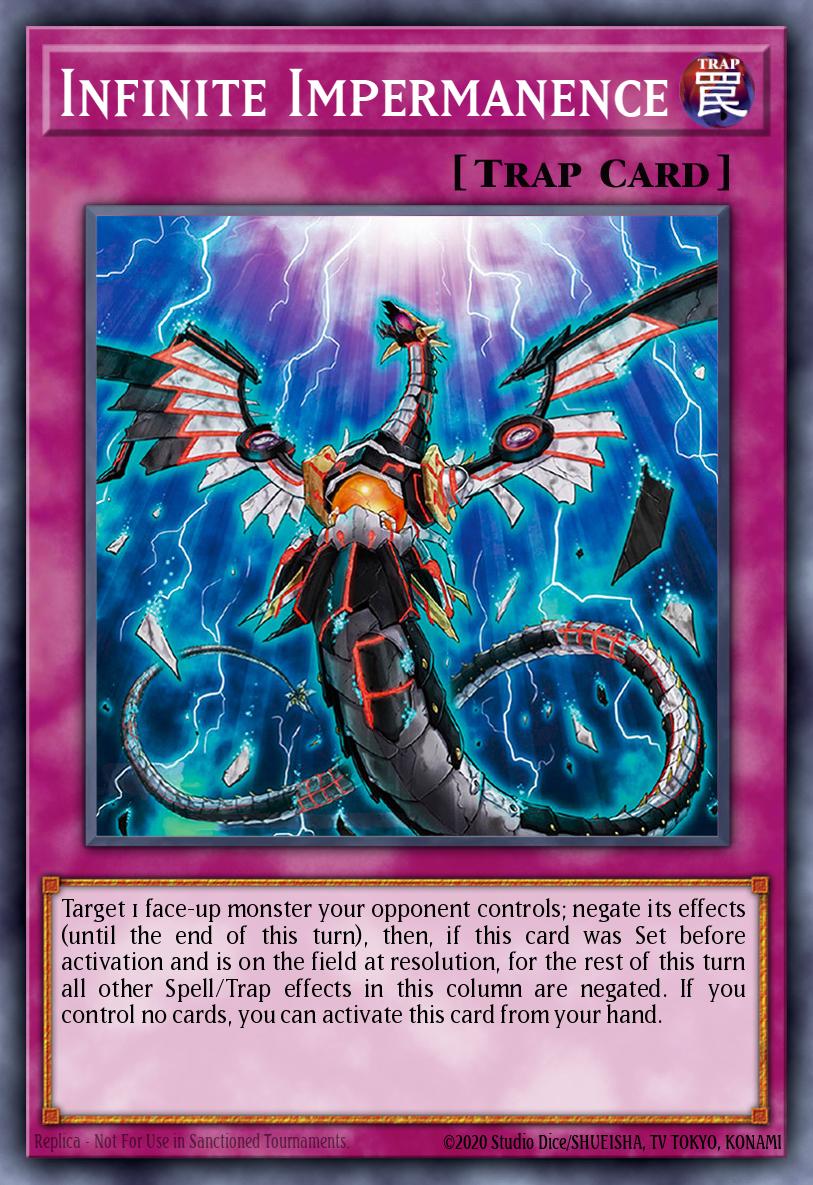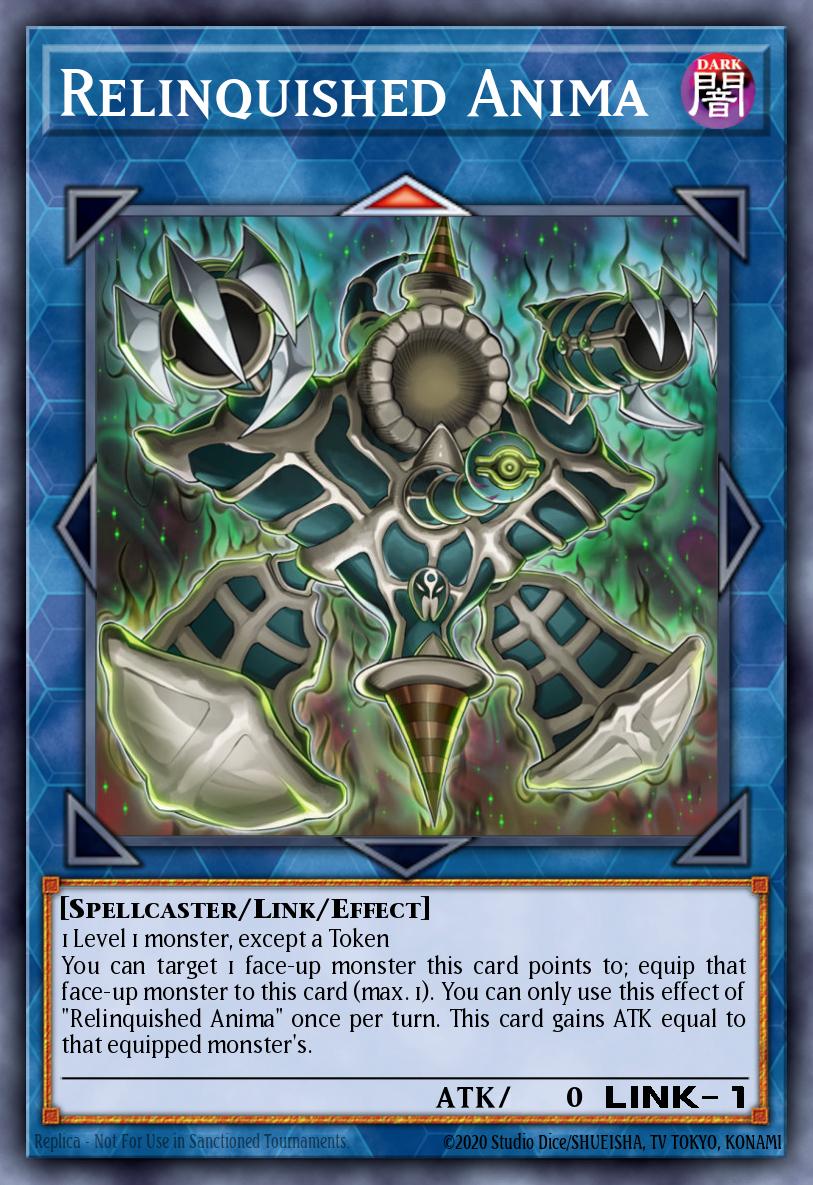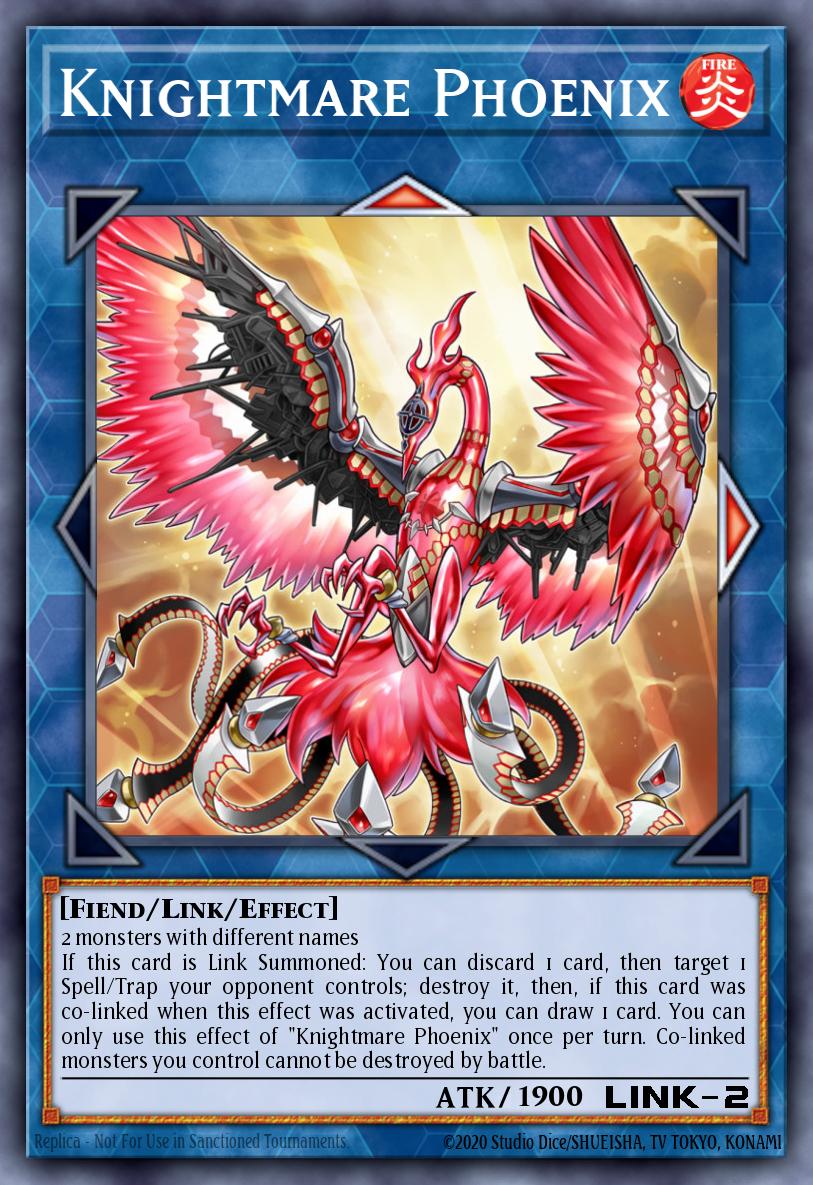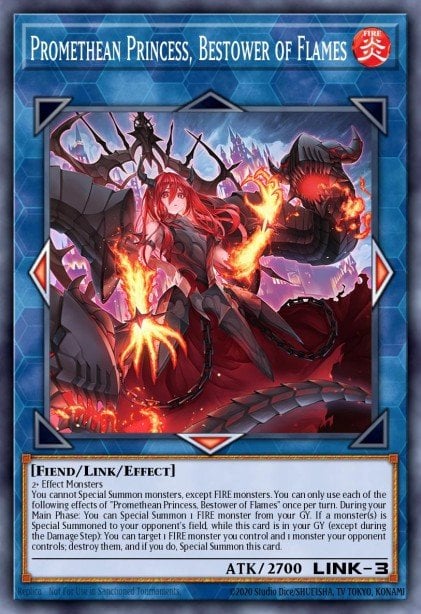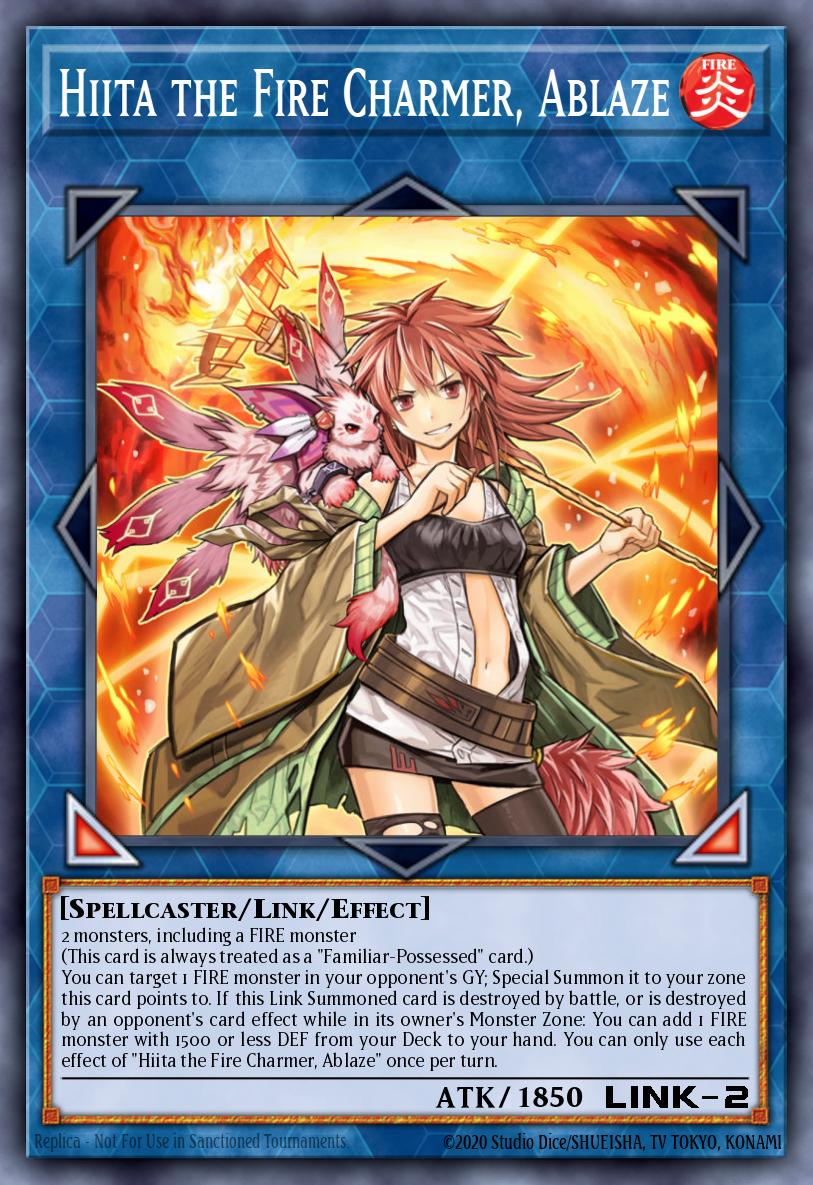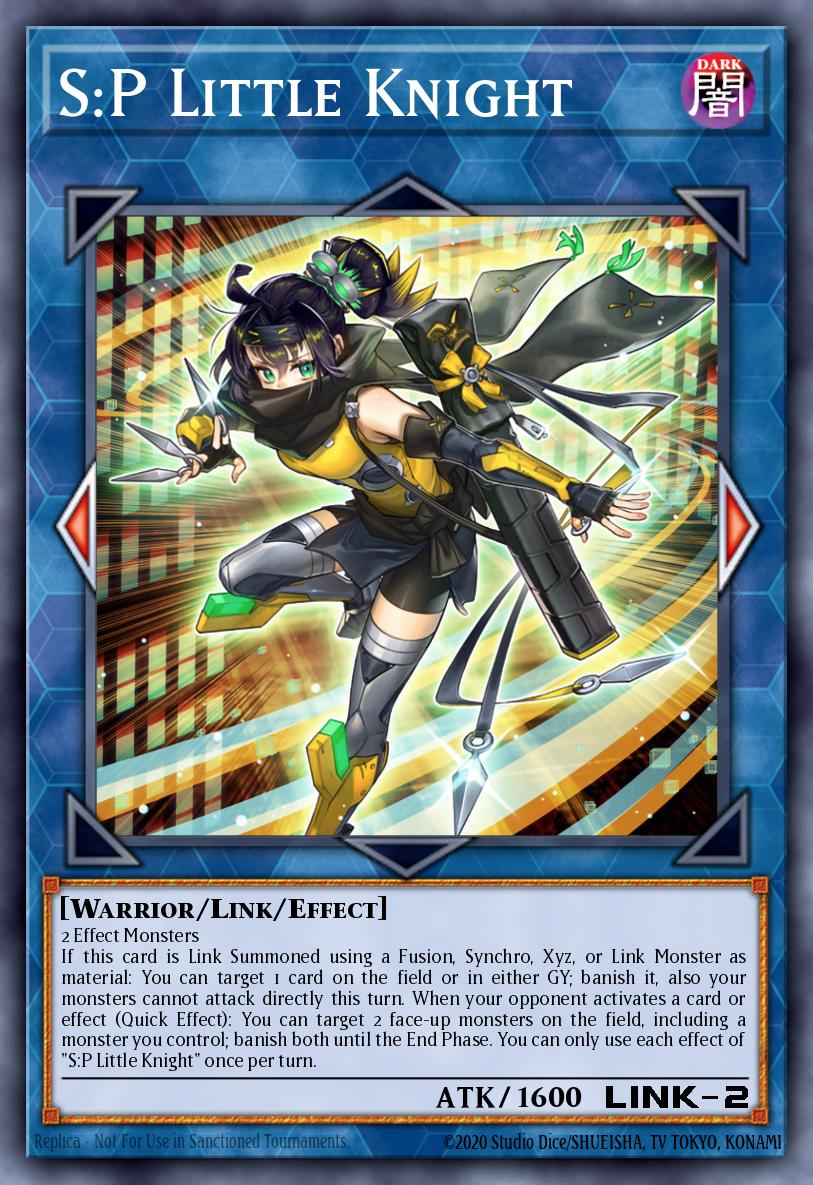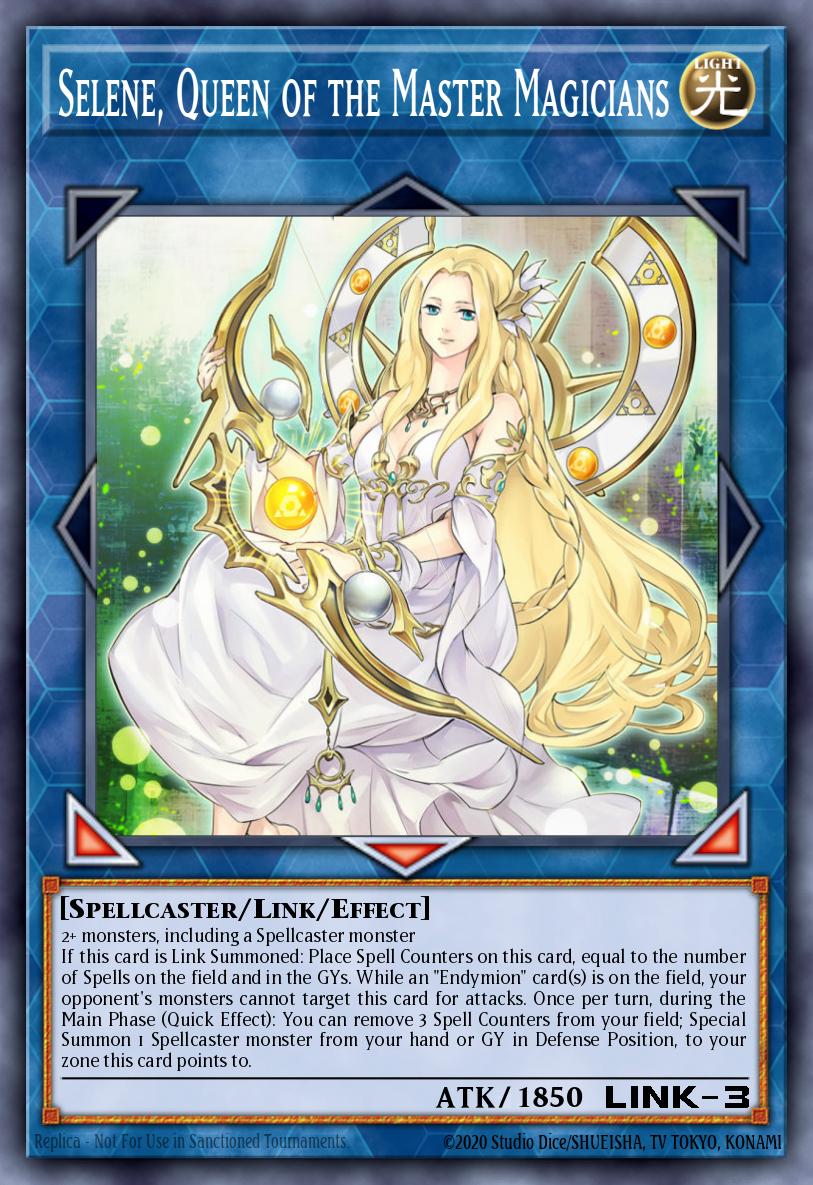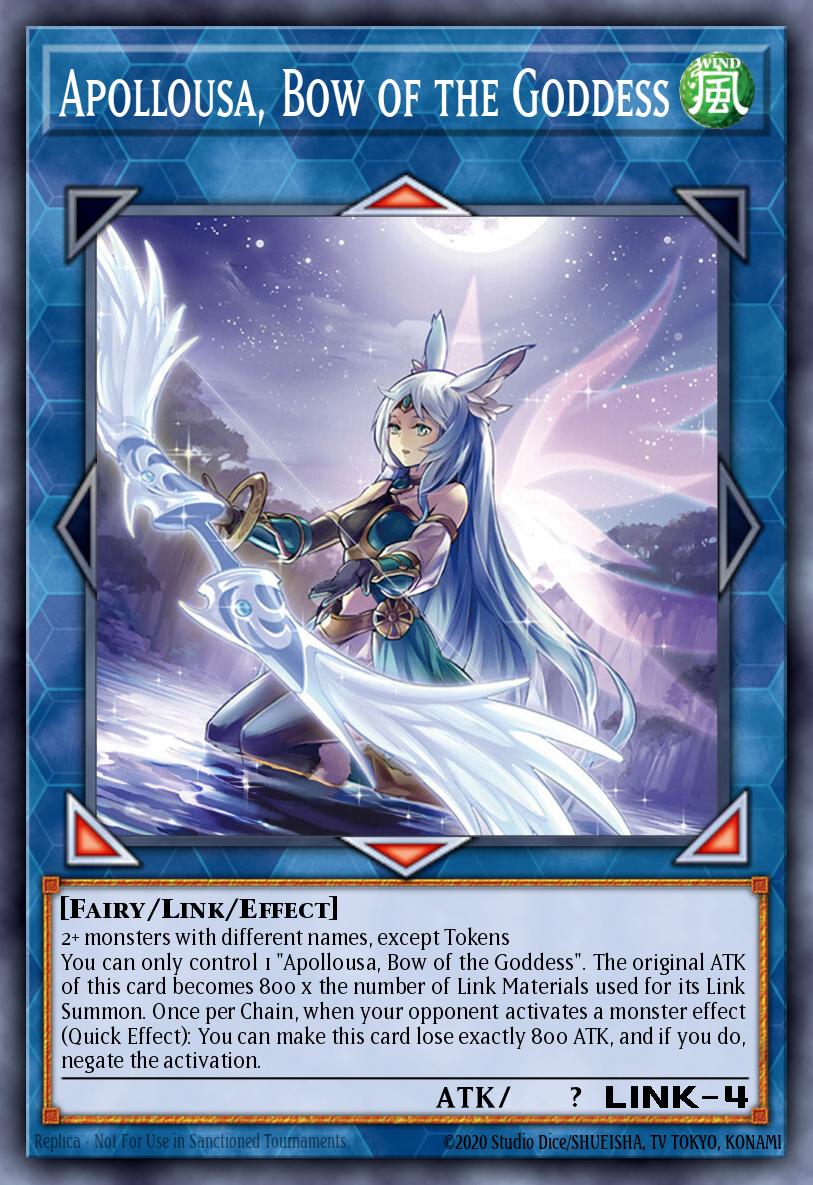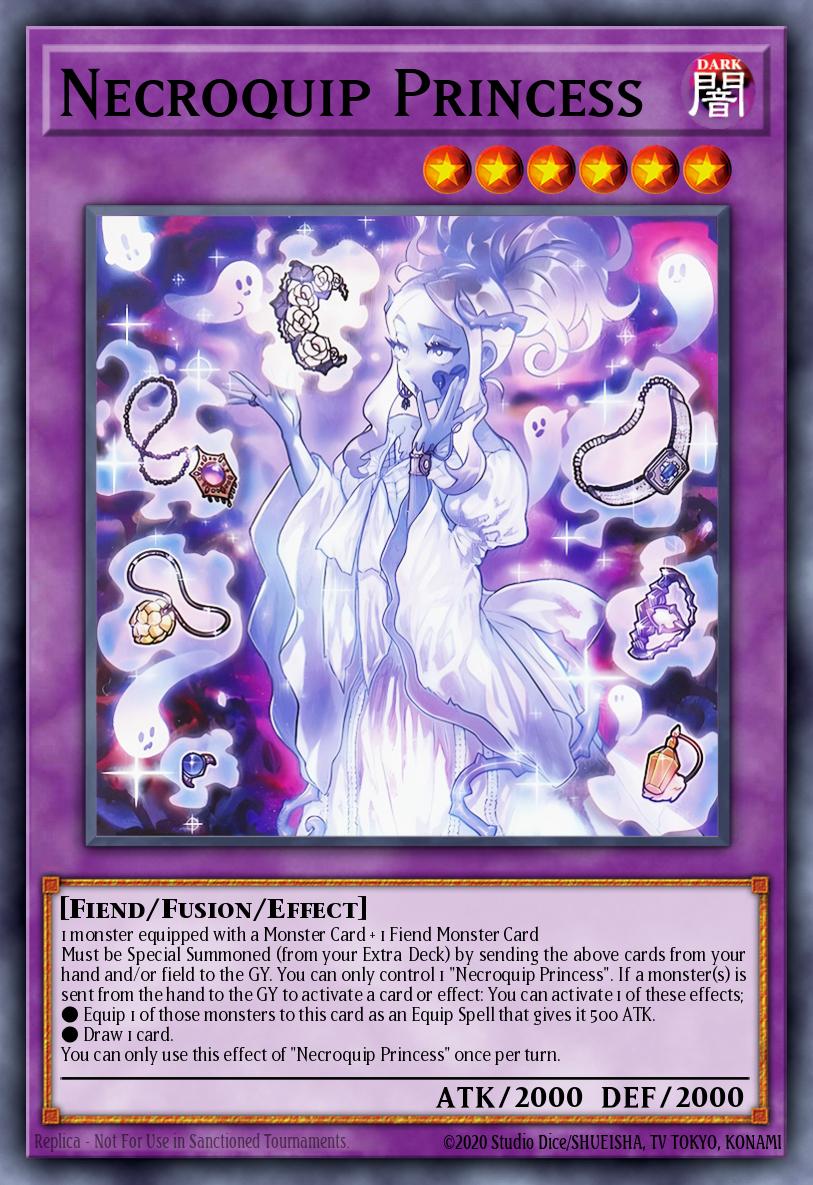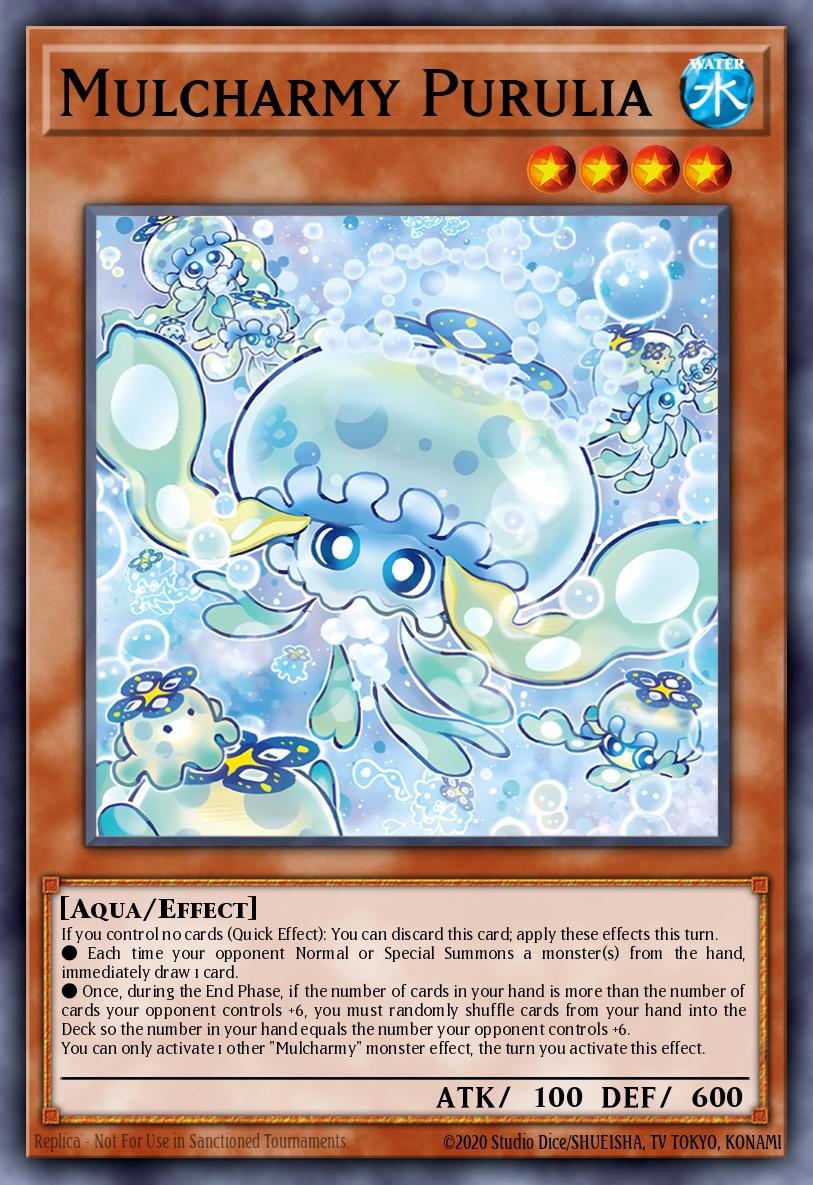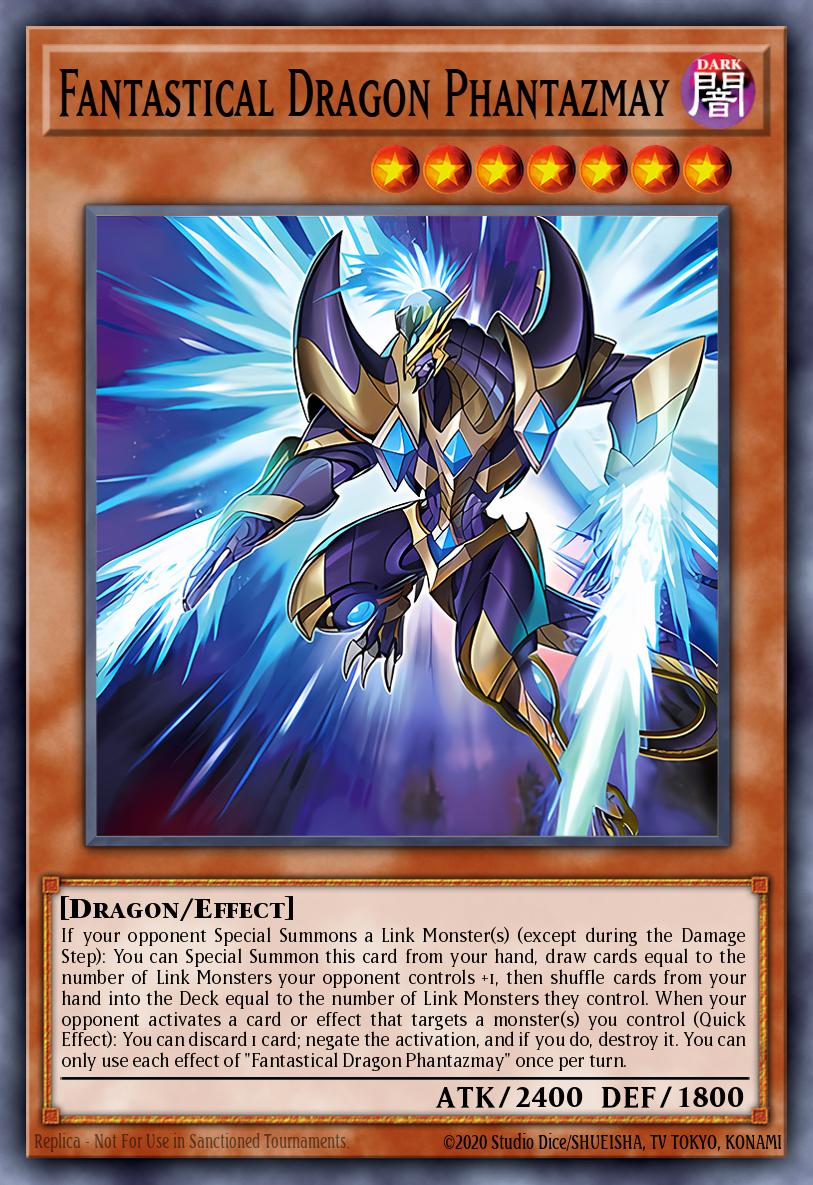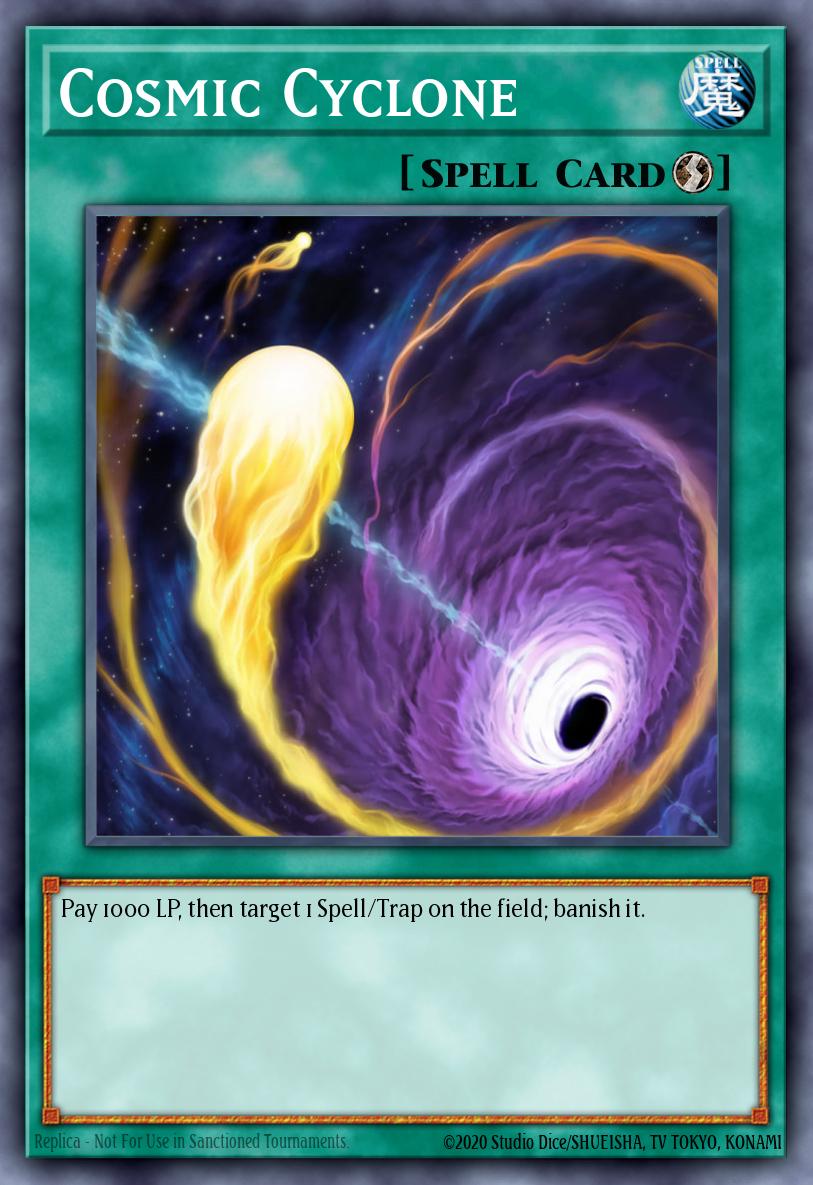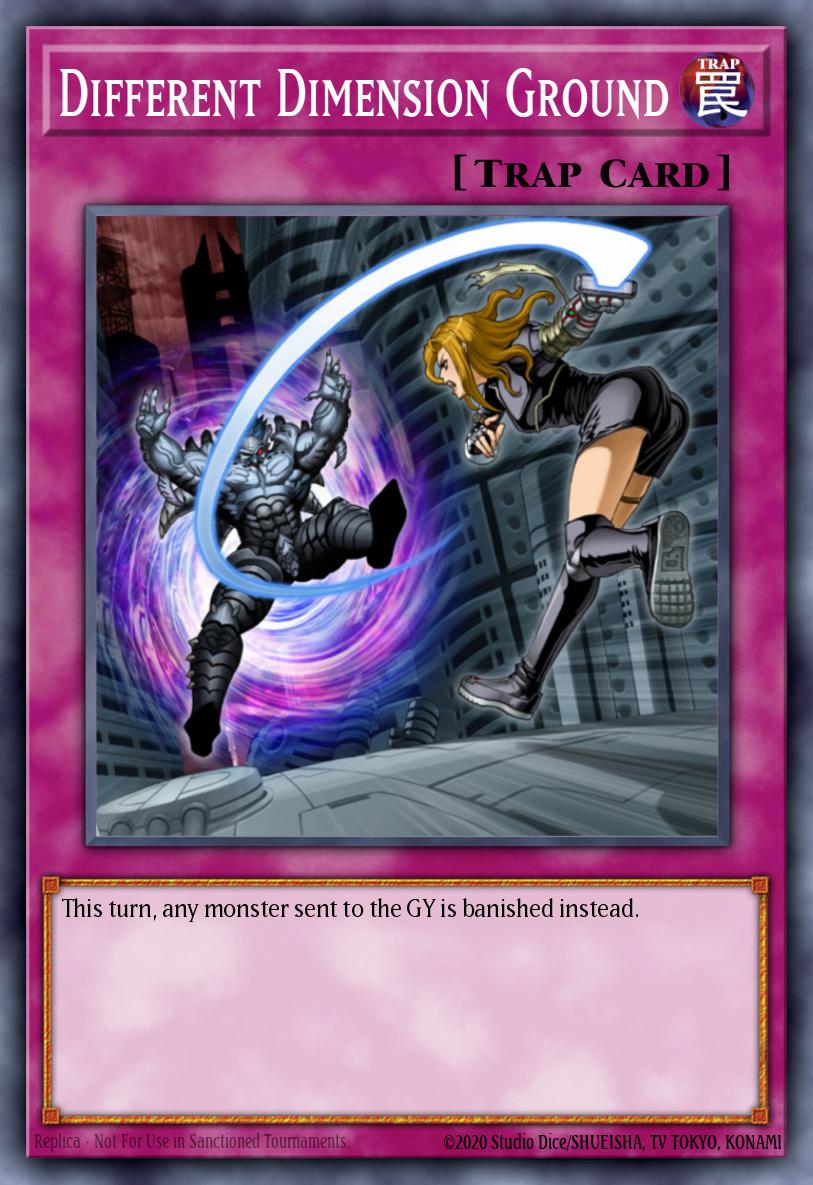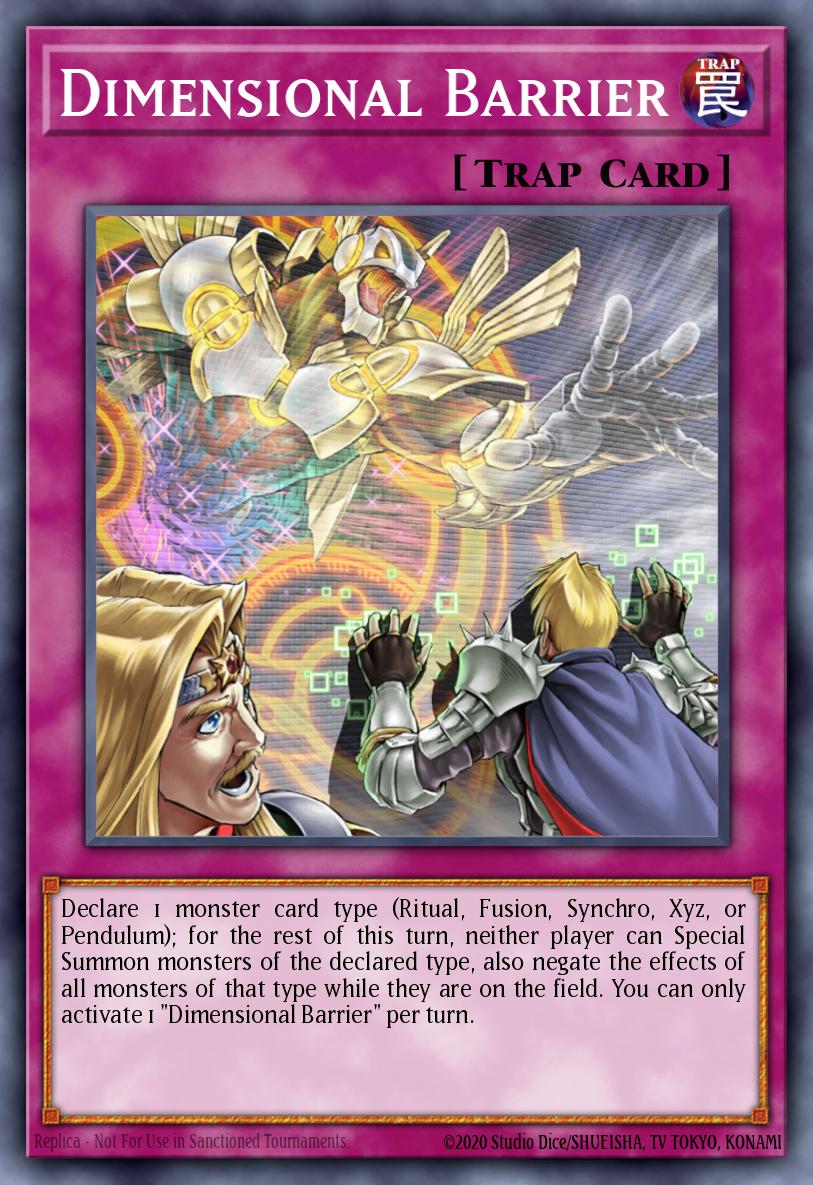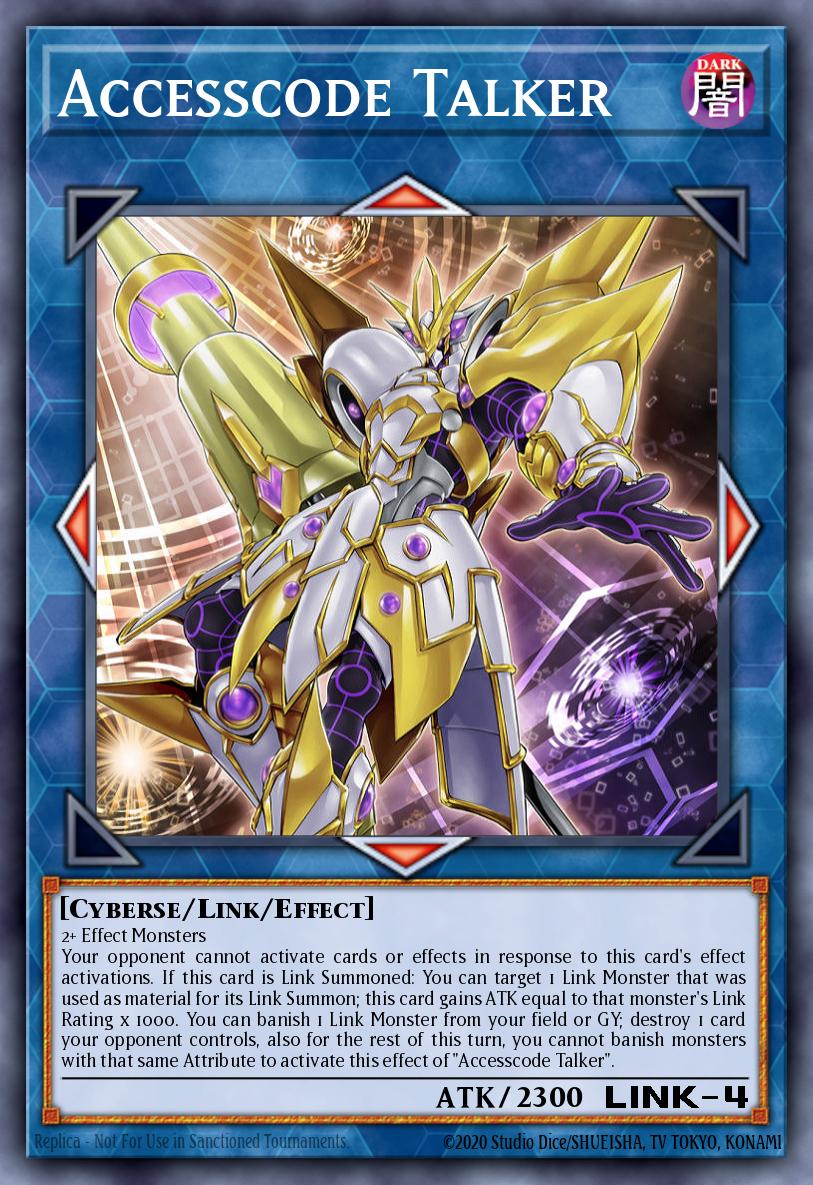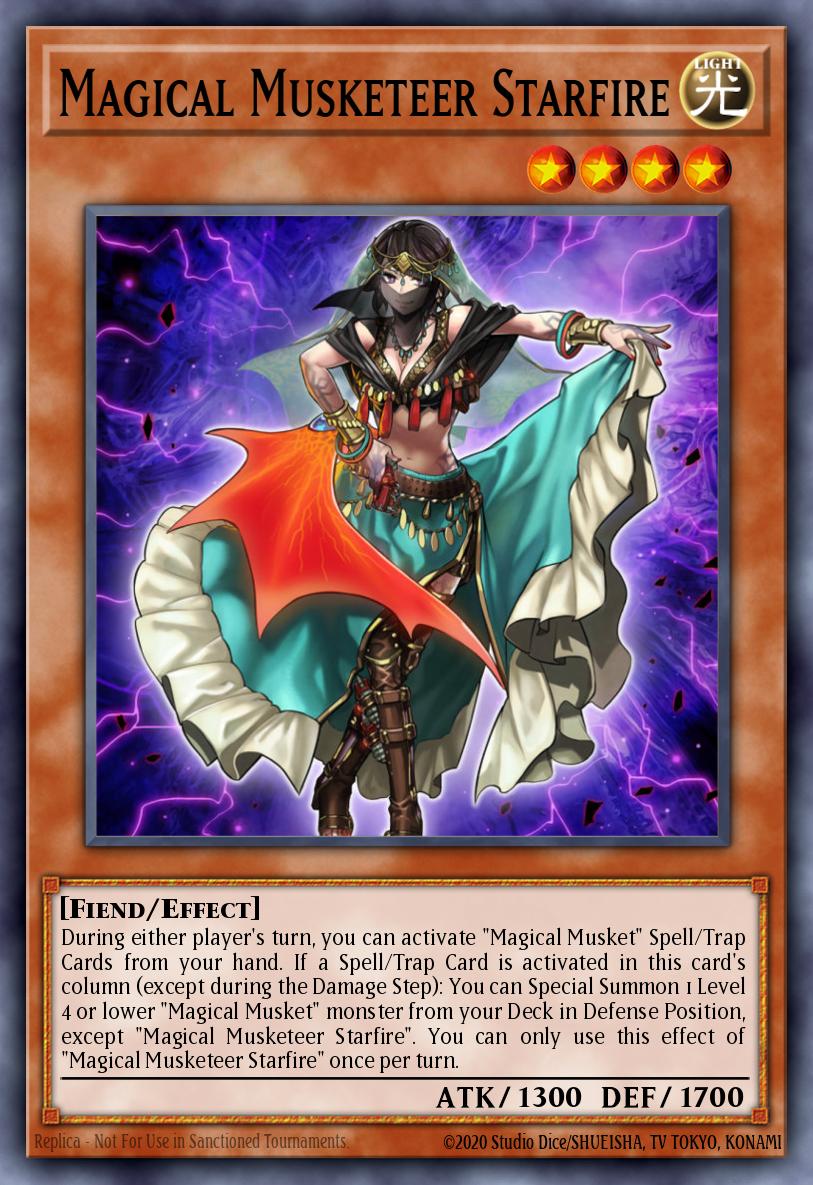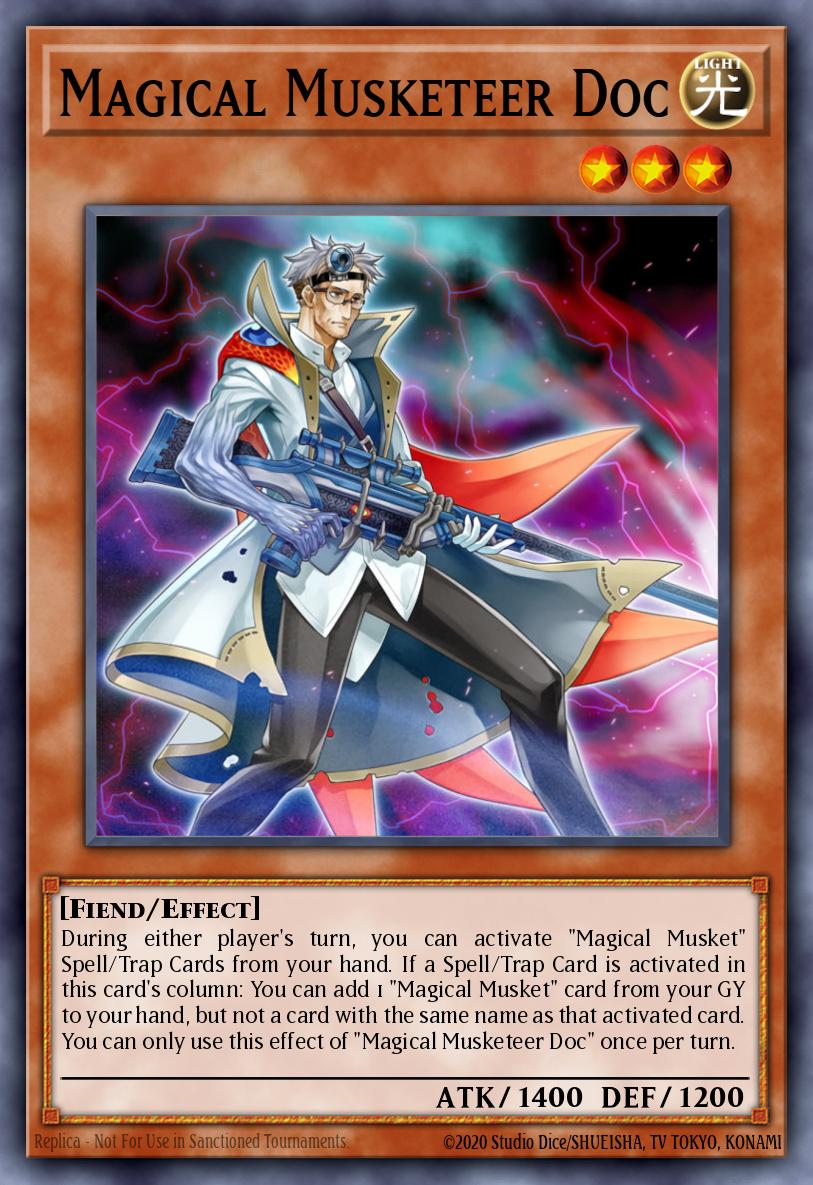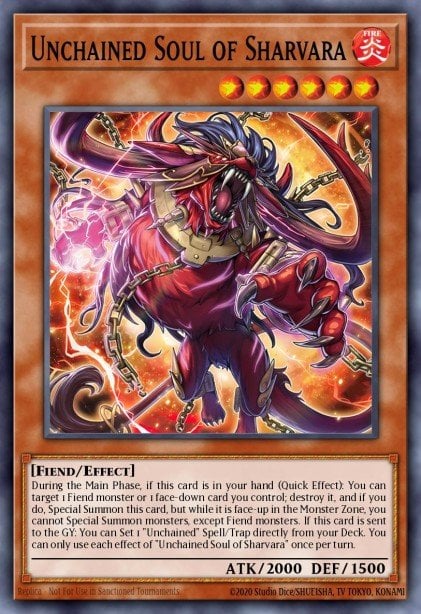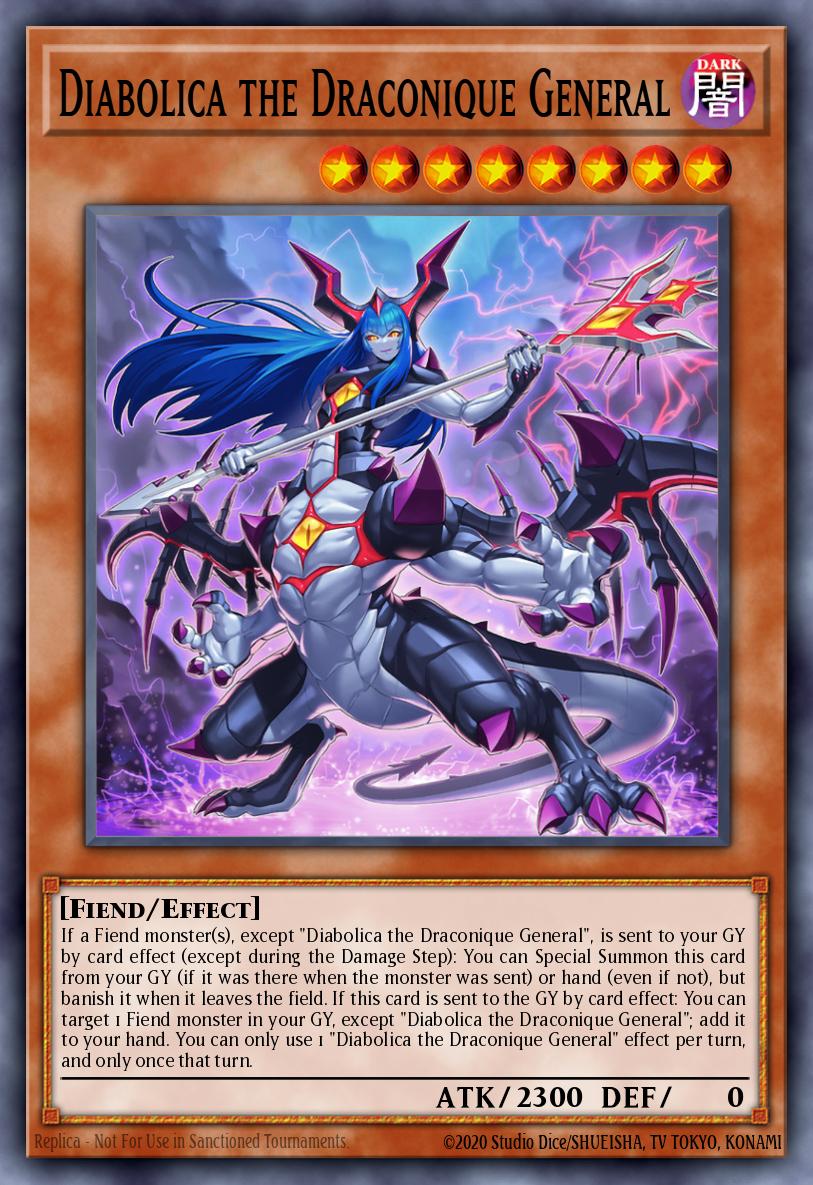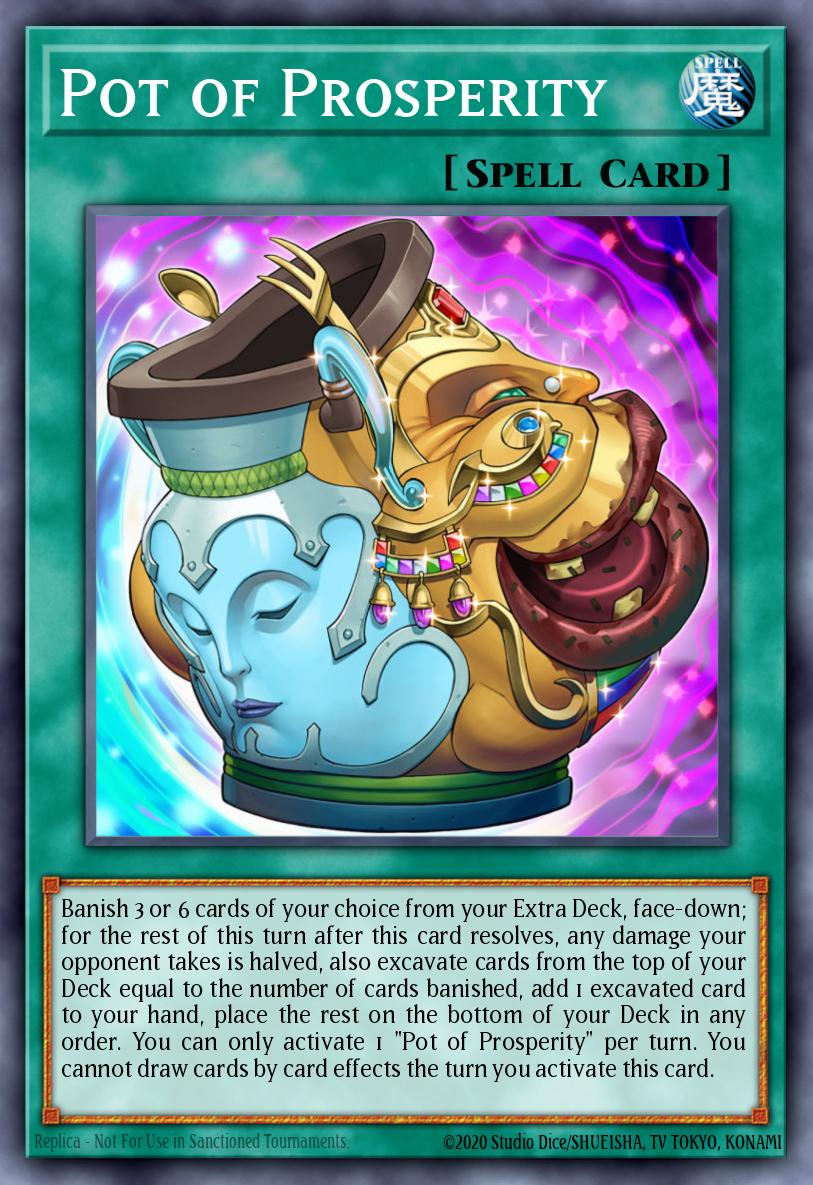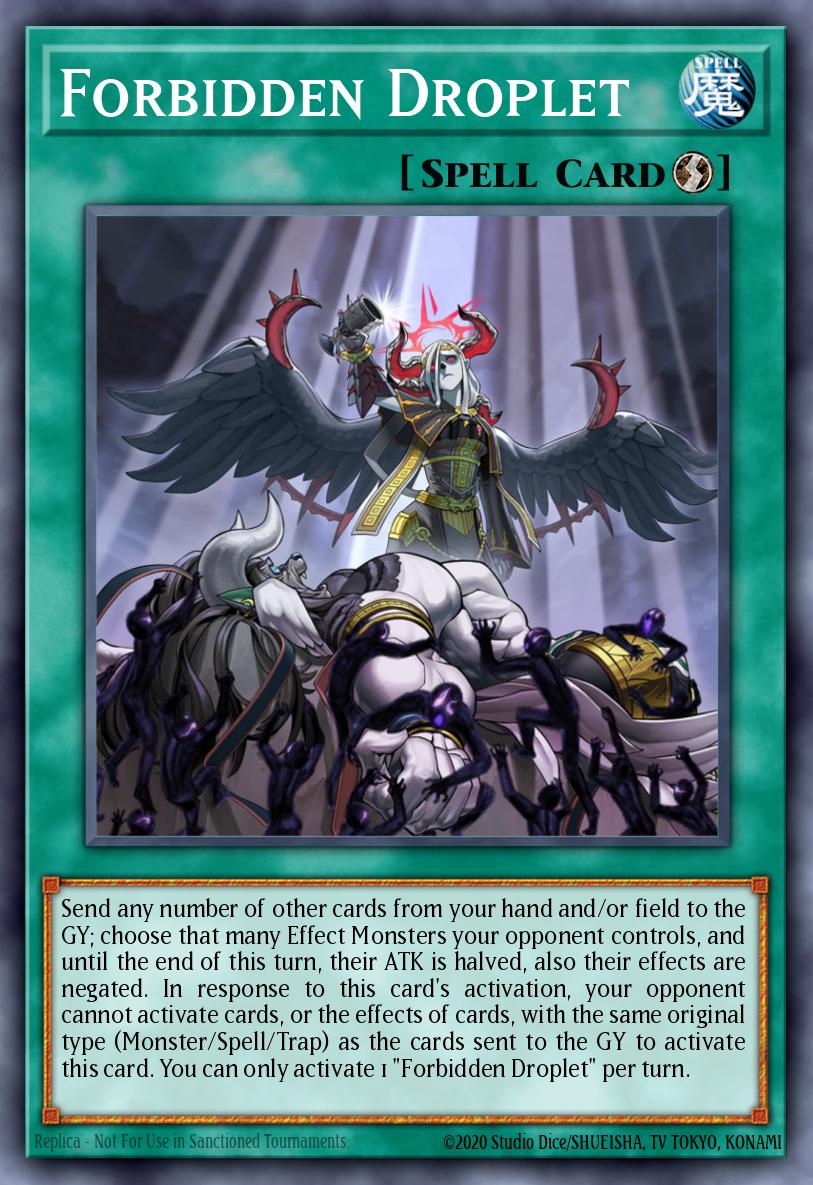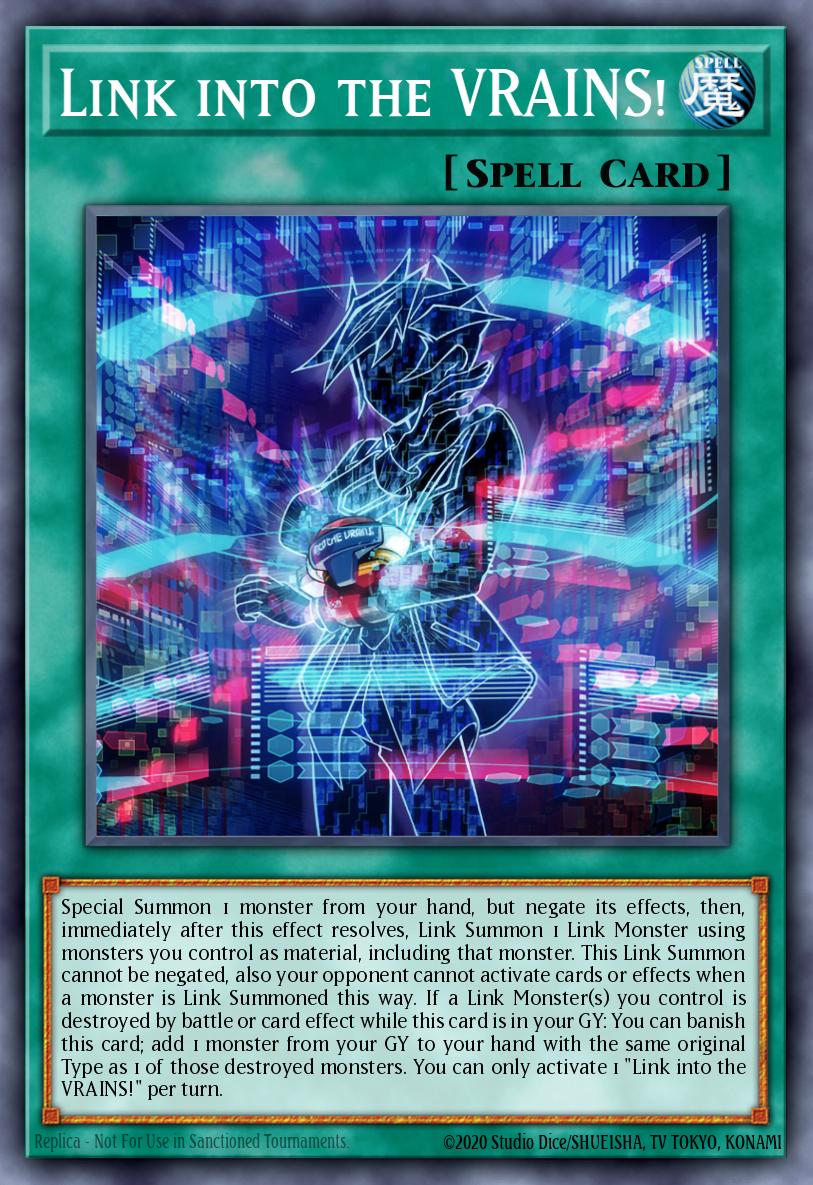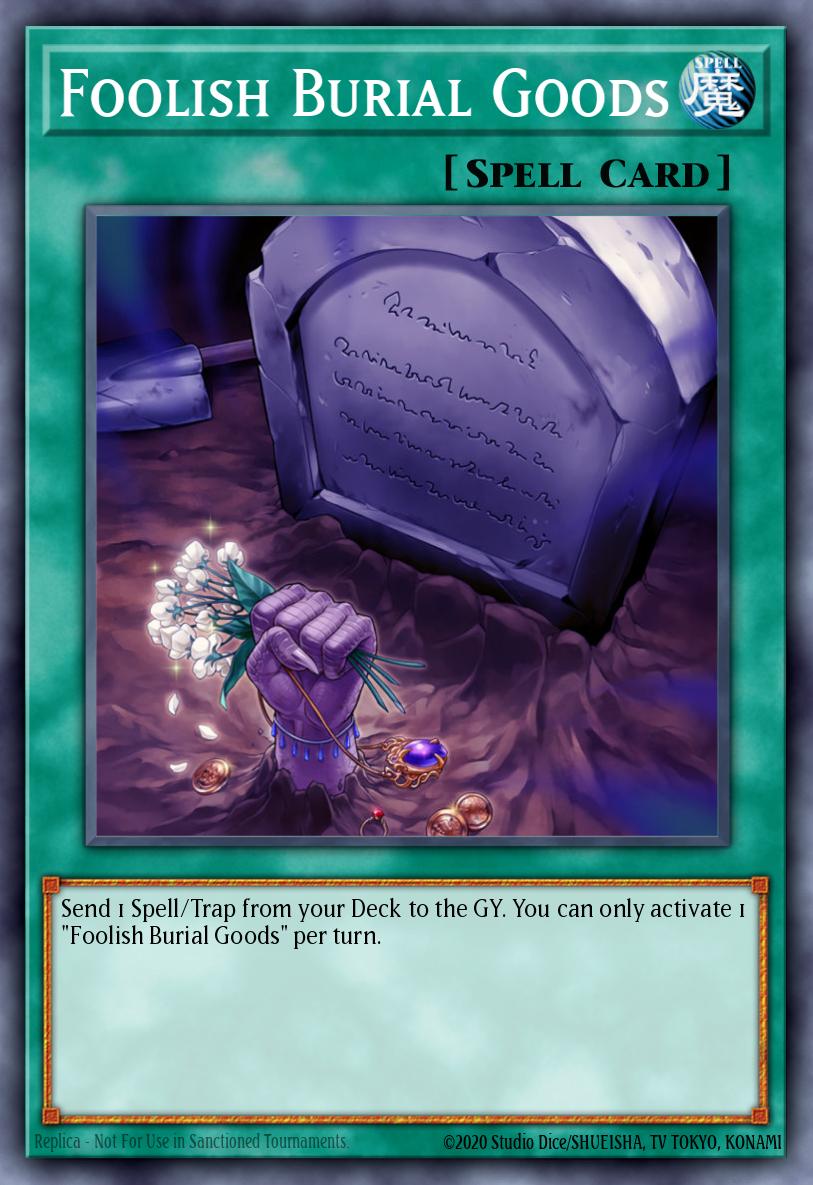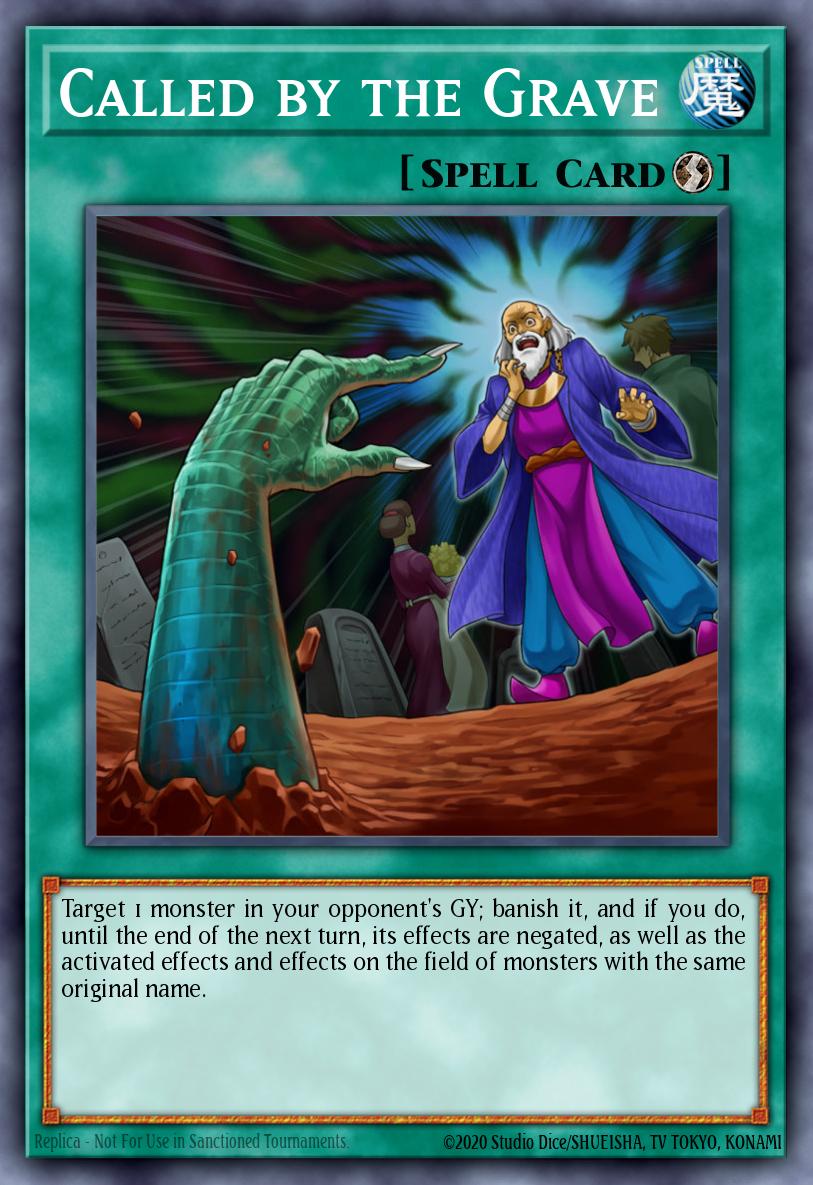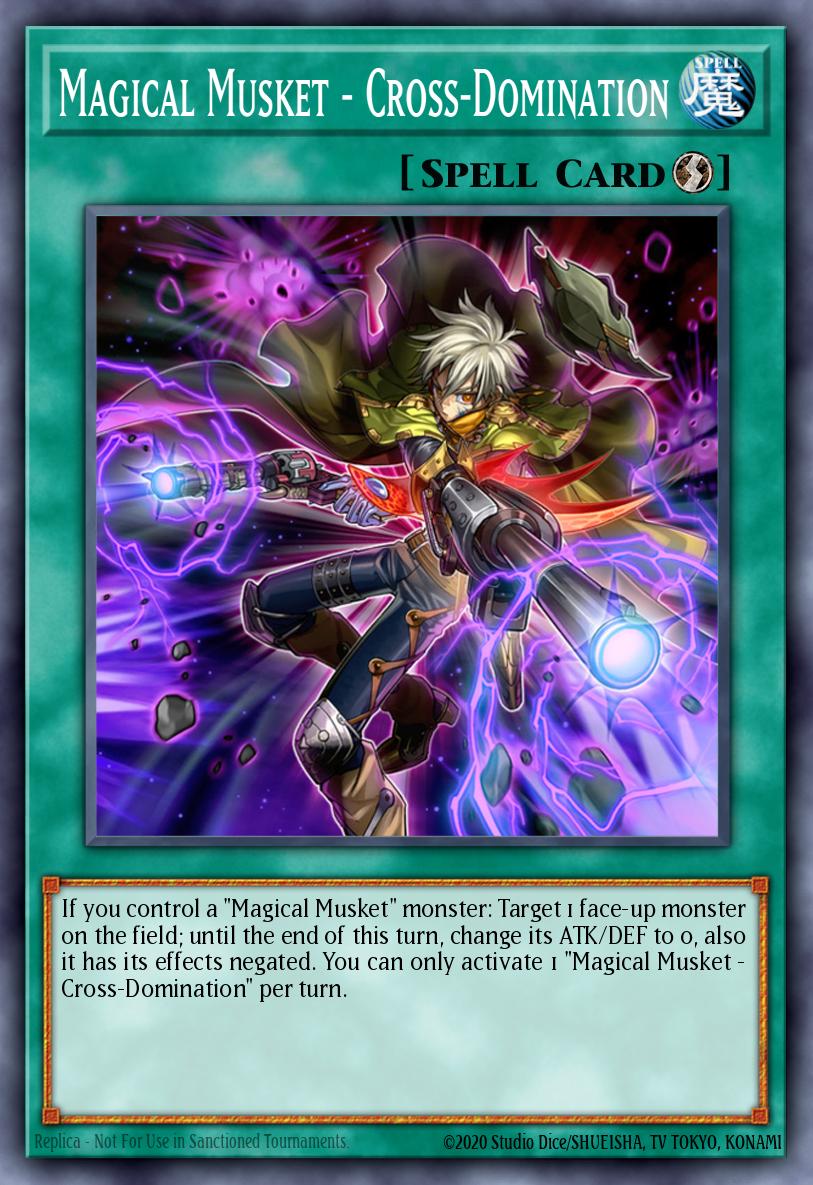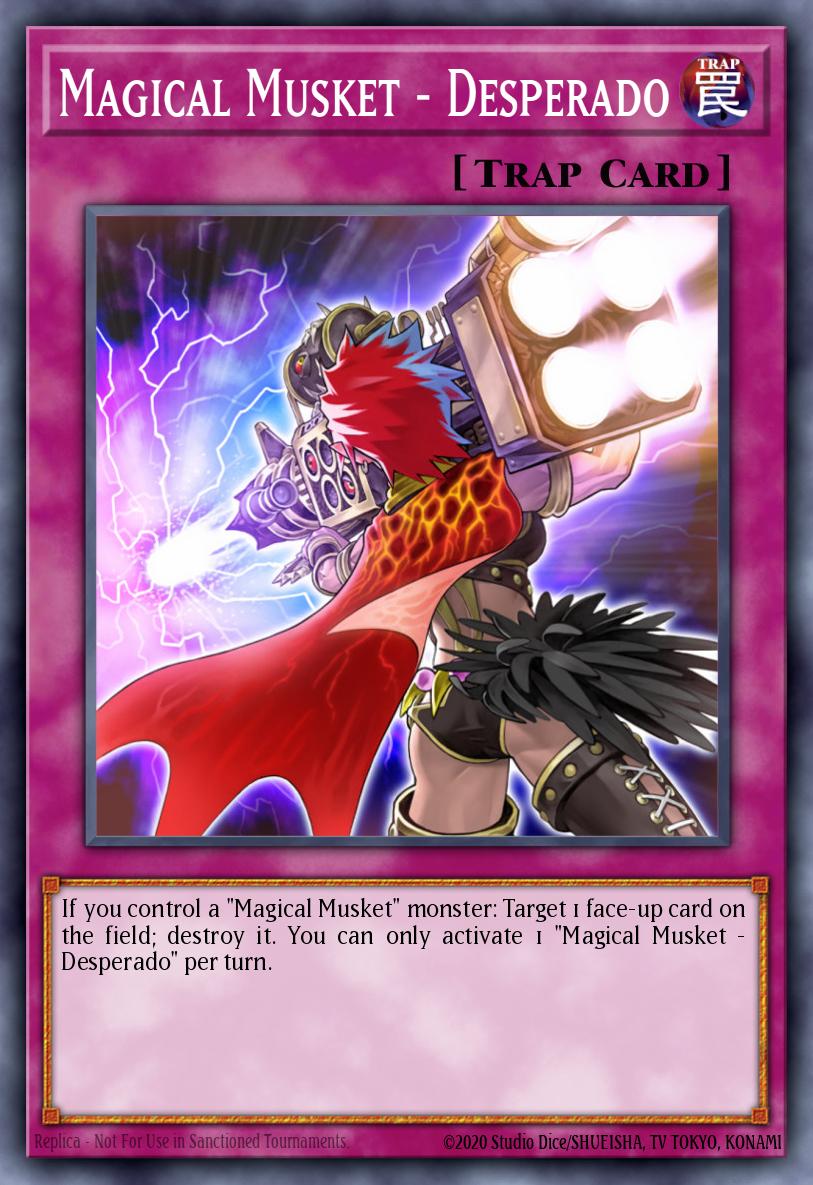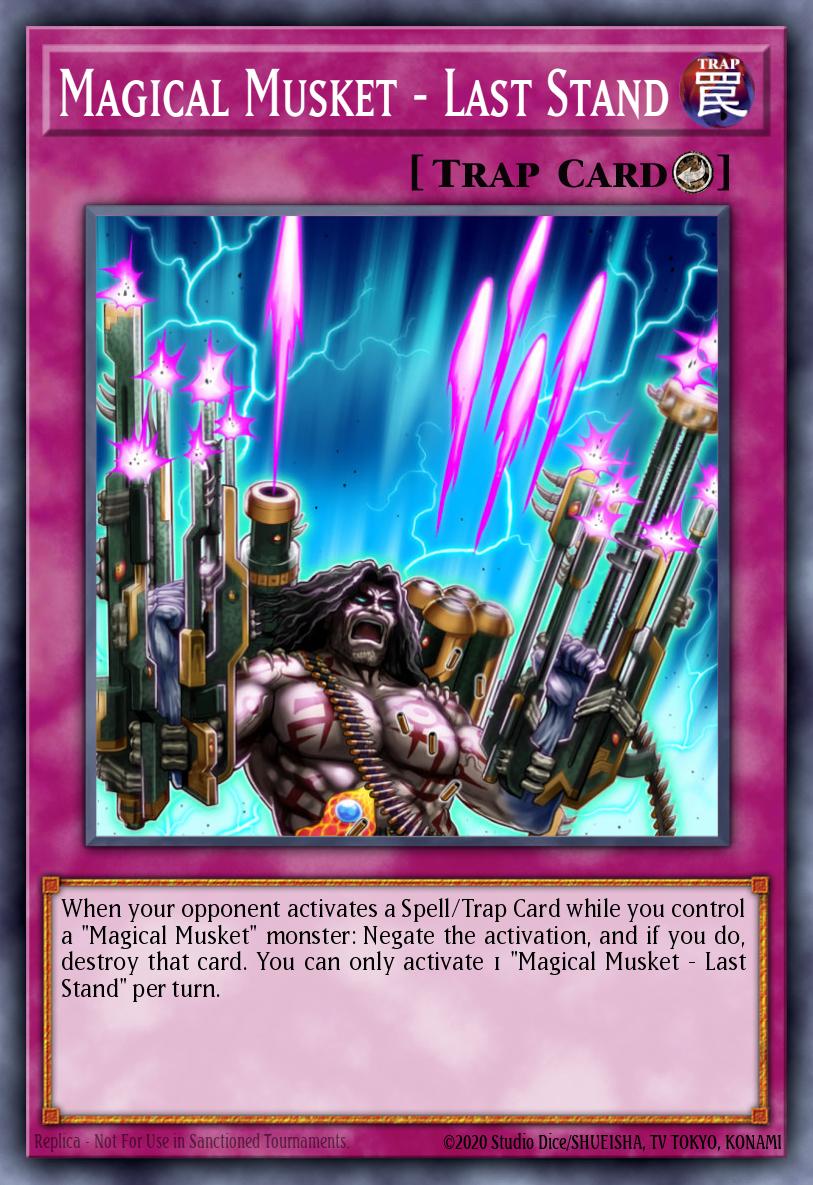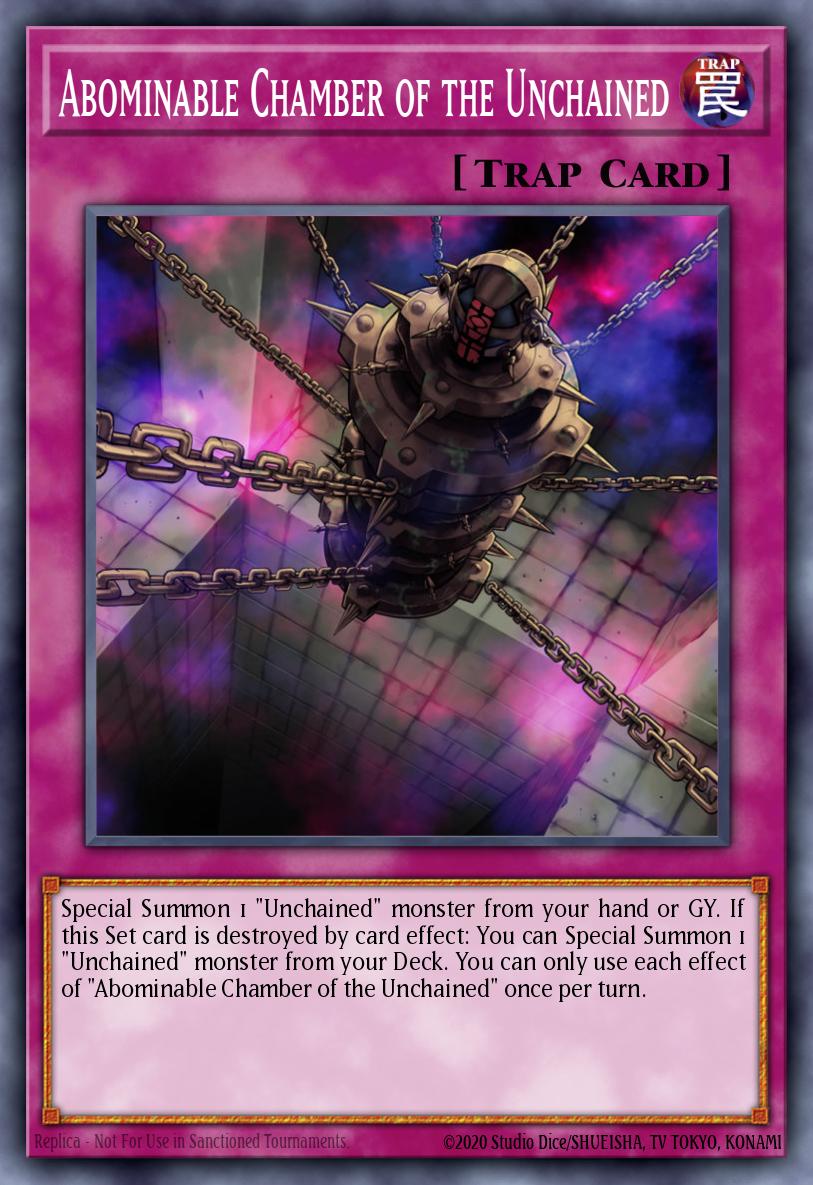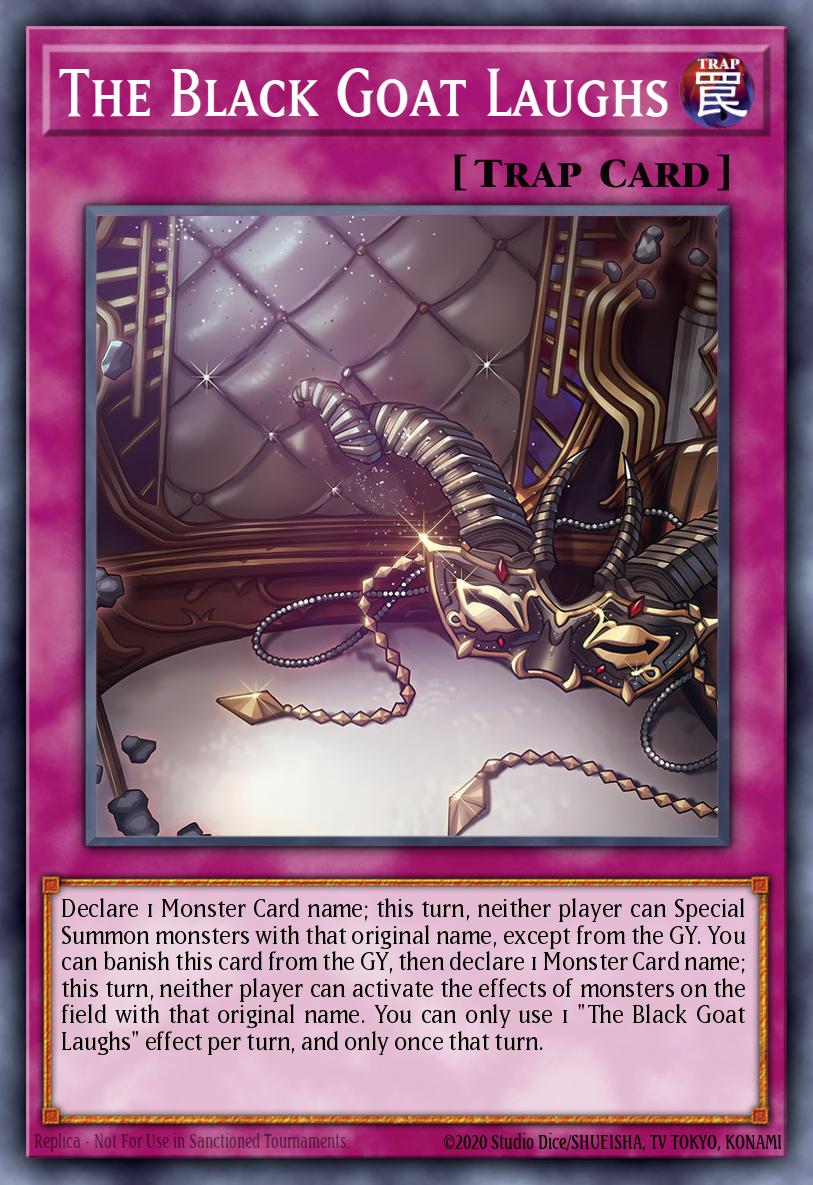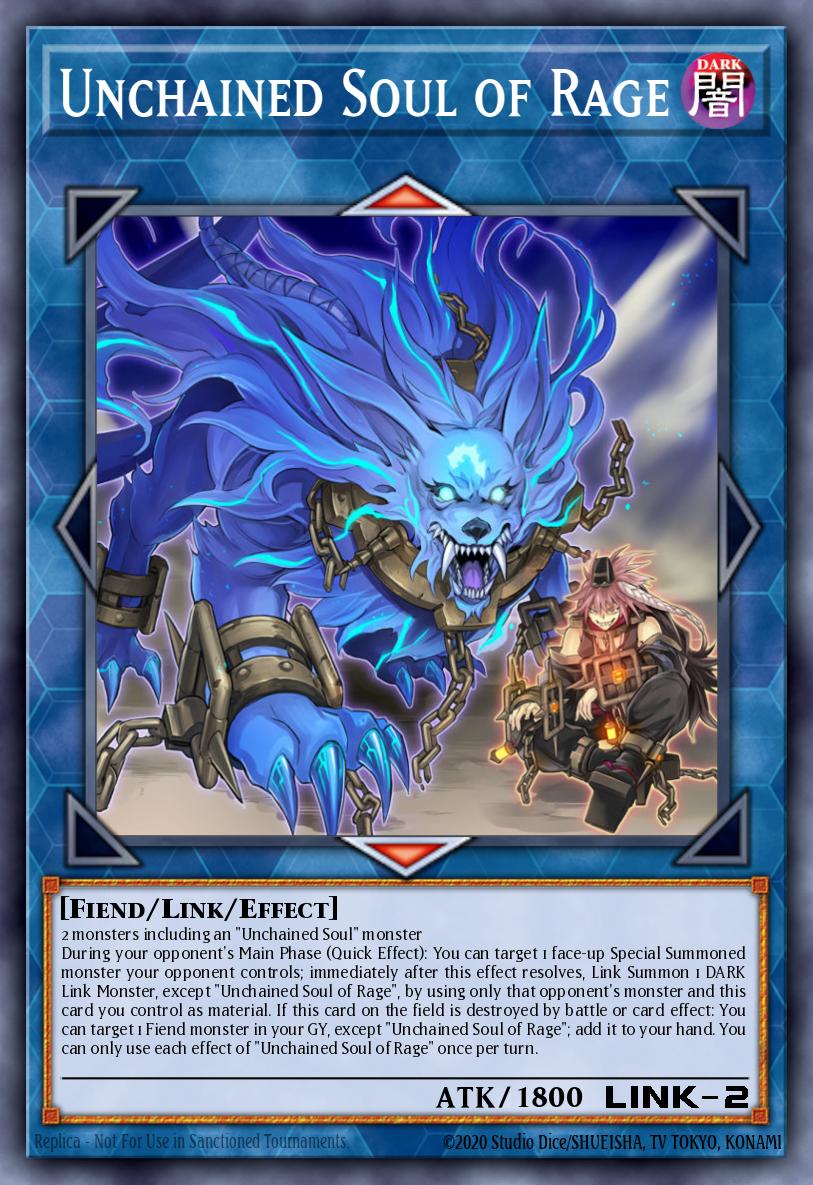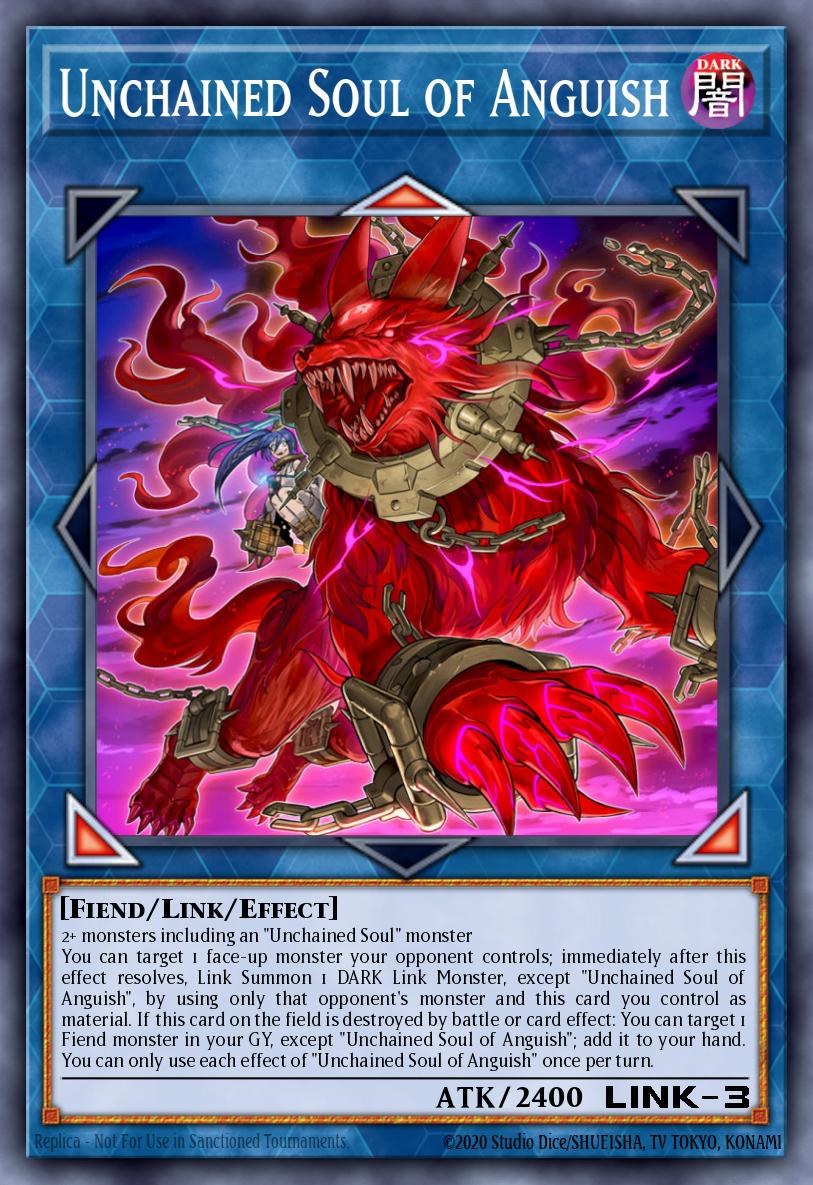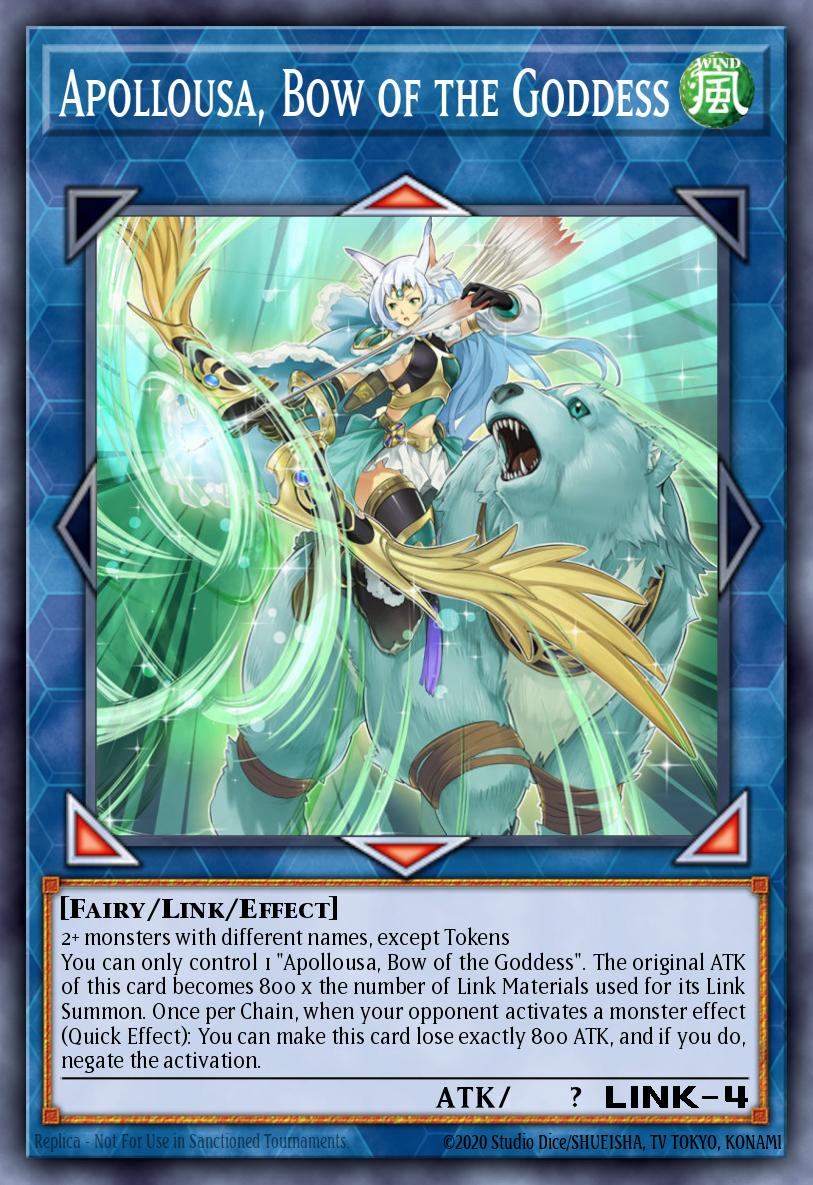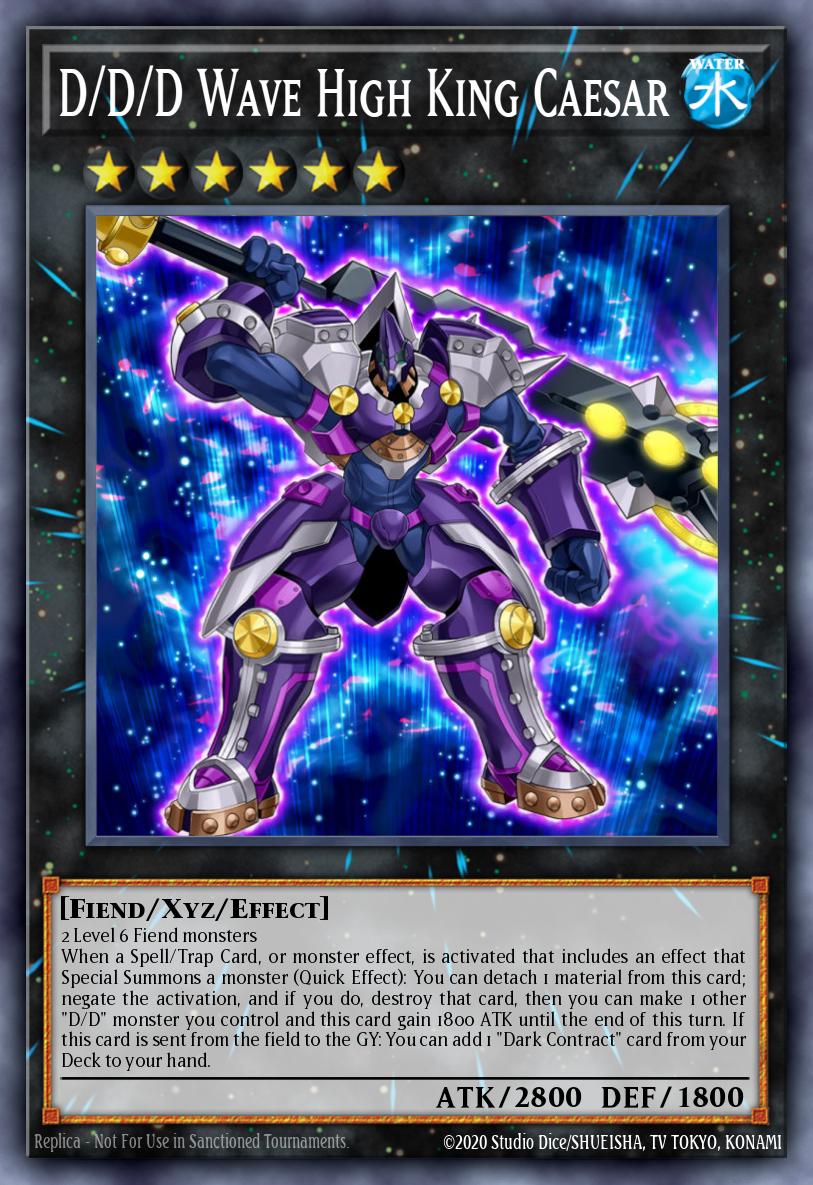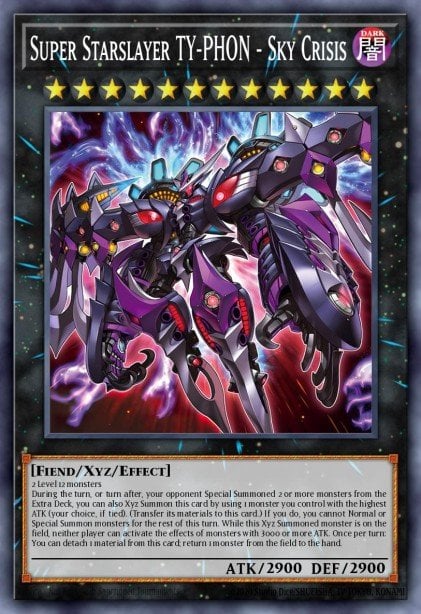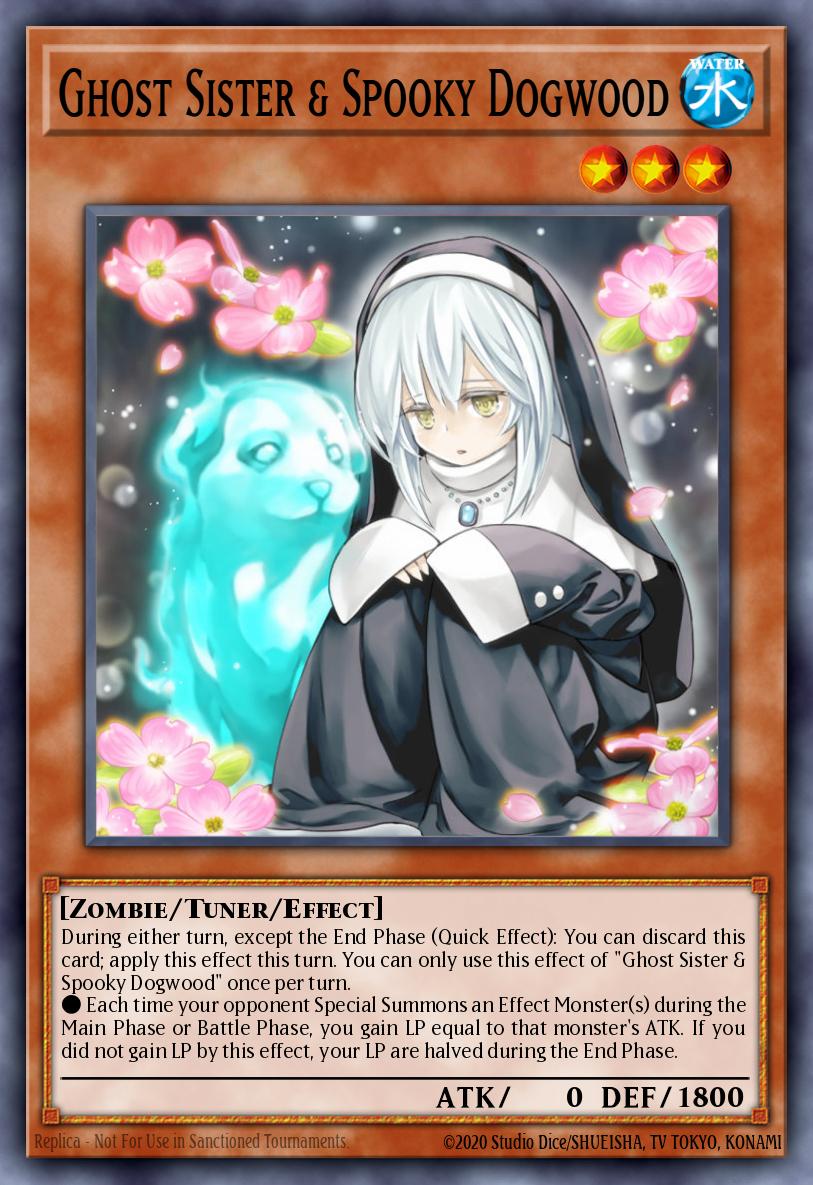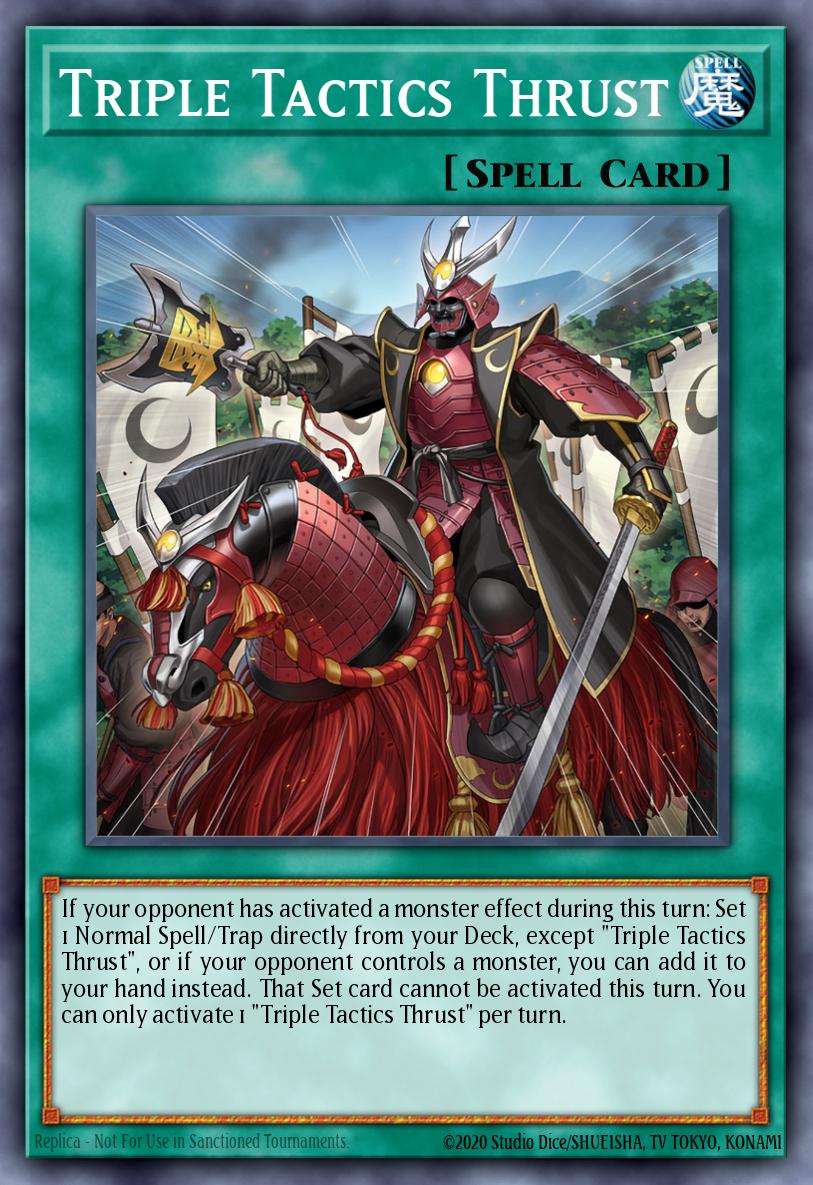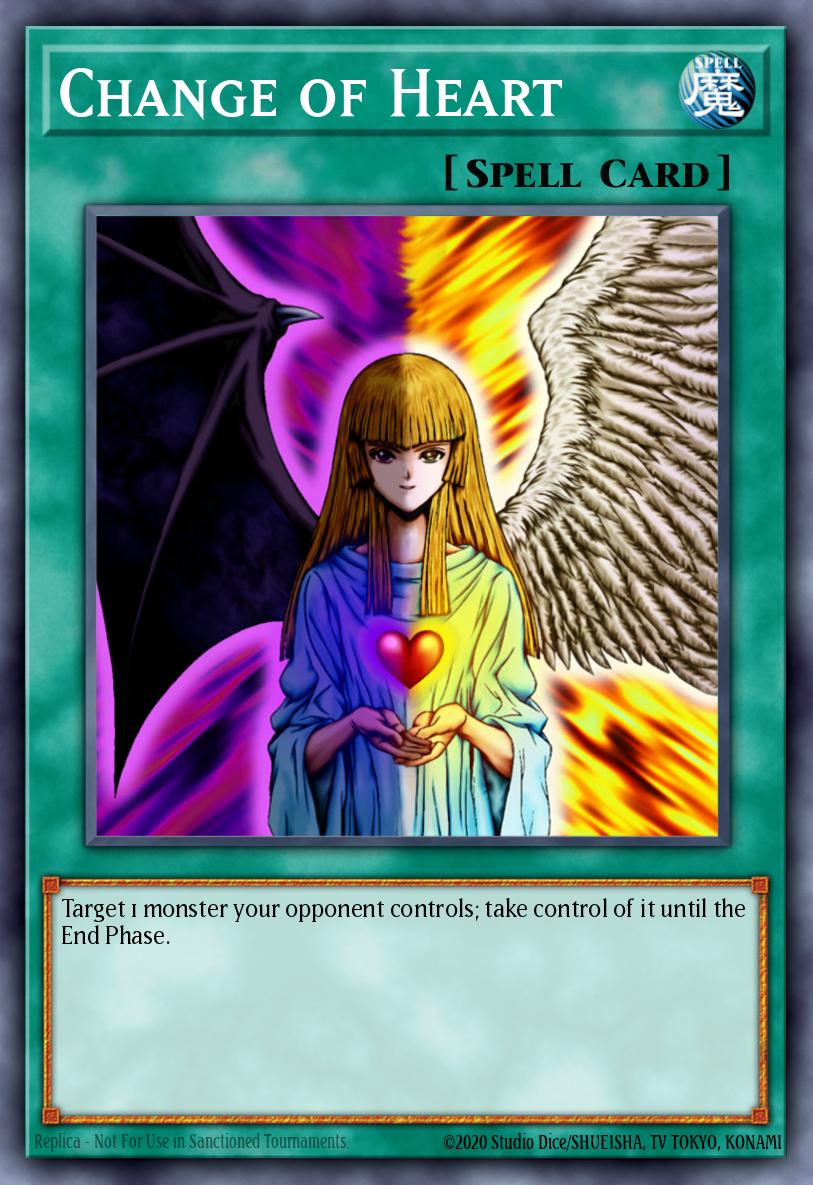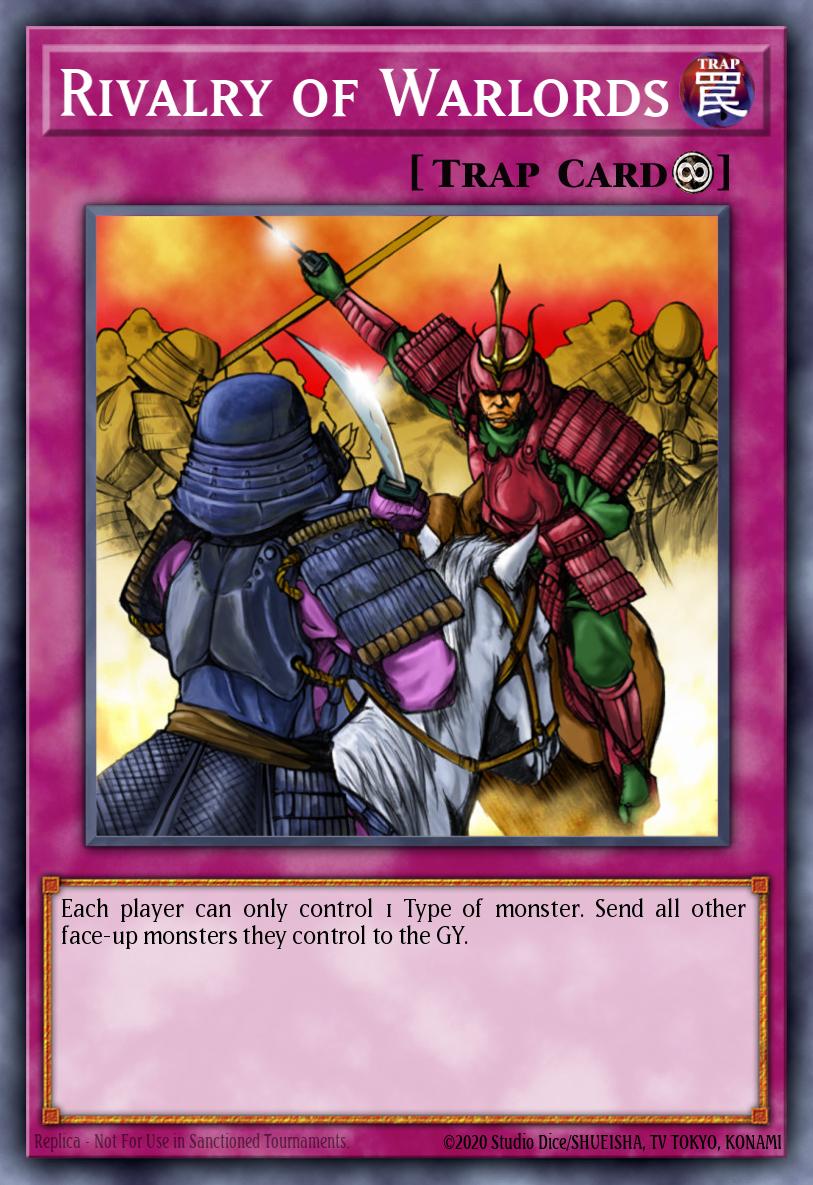Welcome to Deck Dictionary - a series of articles where I'll be guiding you through the various applications of an archetype or theme, both as a standalone deck as well as potential splashes into other archetypes.
Today I'll be covering the "Fiendsmith" theme of monsters, one that's seen overwhelming success in recent events. If you'd like to see an archetype or engine explored in this article series - Comment below!
What is the "Fiendsmith" Archetype?
Fiendsmith are an archetype of Light Fiend monsters centred around a compact main deck engine in order to link and fusion summon monsters from the extra deck through recursive effects that often shuffle cards back into the deck or extra deck.
At time of writing, the archetype has a low main deck card count, making the archetype difficult to run completely pure, much in the same vein as Invoked decks focusing around Aleister the Invoker. Unlike Invoked however, Fiendsmith appears to be far more splashable generically due to not requiring a normal summon to start plays, and through access to powerful rank 6 monsters such as Beatrice, Lady of the Eternal the theme can easily provide access to other archetypes' playstarters.
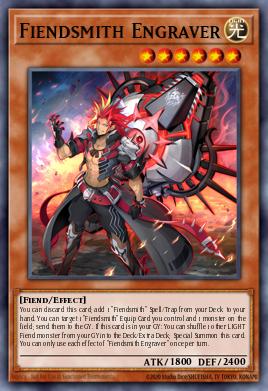
The key monster of this theme upon its release in The Infinite Forbidden is Fiendsmith Engraver. This monster can discard itself from the hand to add one fiendsmith spell or trap from your deck to your hand. Typically the target for this effect is Fiendsmith's Tract. Additionally, Fiendsmith Engraver can special summon itself from the graveyard by returning one other LIGHT fiend monster from your graveyard to the Deck/Extra Deck. Overall this is an incredibly powerful monster, functioning both as a searcher as well as an extension piece and recursion engine for the theme. At time of writing, Fiendsmith Engraver is the only main deck monster available to the theme in the TCG.
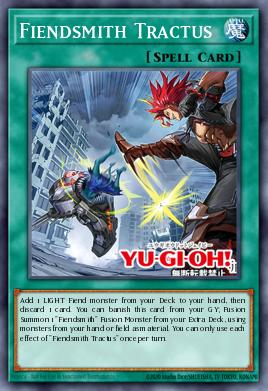
Fiendsmith's Tract is arguably the other most powerful element of this archetype's arsenal. On activation, this card can add any LIGHT fiend monster from your deck to your hand, then discard a card. Additionally, this card doubles as a Polymerization, allowing you to fusion summon by banishing it from the graveyard.
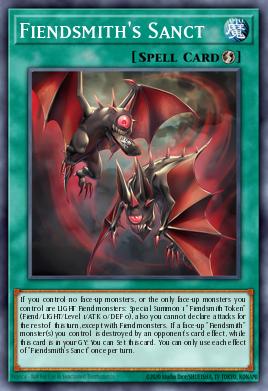
The next spell in the fiendsmith arsenal is Fiendsmith's Sanct. This card sees far less play generically, but essentially summons a token that you could use to summon the next card in the fiend. As a bonus, if a fiendsmith is destroyed by card effect, this card sets itself from the GY. Neat.
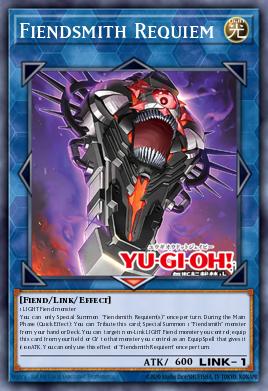
Arguably the most contemptuous of this archetype's monsters - Fiendsmith's Requiem allows you to tribute itself (as a quick effect) to special summon one fiendsmith monster from your deck. At time of writing, this mostly serves to get your Fiendsmith Engraver into rotation if it is not already, but future waves of support from the OCG likely will make this card stronger than it is at present. Additionally, this card can equip itself to a non-link LIGHT fiend you control in order to give that monster a bonus 600 ATK points.
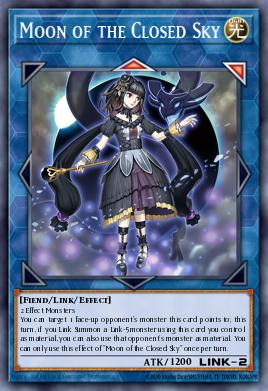 Note that this monster can use any LIGHT fiend monster as material, meaning any deck can access this card through laddering via Moon of the Closed Heaven - With many likening this kind of access to a theme similar to Knightmare Mermaid's dominance when it was legal.
Note that this monster can use any LIGHT fiend monster as material, meaning any deck can access this card through laddering via Moon of the Closed Heaven - With many likening this kind of access to a theme similar to Knightmare Mermaid's dominance when it was legal.
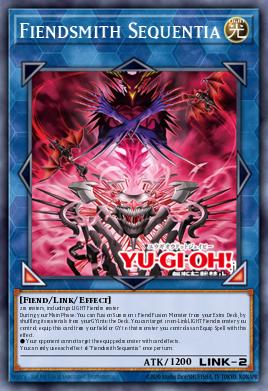
Fiendsmith's Sequence is the second link monster of the theme - a link two whose effect allows you fusion summon 1 LIGHT fiend fusion monster by shuffling fusion materials from the graveyard into the deck. Additionally, this card can attach itself to a monster you control when it is in the field or GY in order to render that monster untargetable by your opponent's effects.
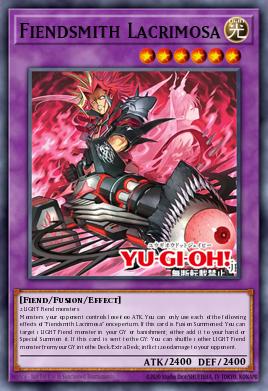 We mentioned fusion summoning earlier - Here's how you'd use it. Fiendsmith's Lacrima is the first fusion monster of the theme, and typically is summoned via the effect of Fiendsmith's Sequence, recycling resources from your graveyard in the process.When summoned, this monster allows you to special summon or add to your hand one LIGHT fiend monster that is banished or in your graveyard. Generally speaking, this effect will be used to revive a copy of Fiendsmith Engraver in order to facilitate rank 6 or link plays. Additionally, when this card is sent to the Graveyard, it allows you to recycle another LIGHT fiend from the Graveyard in order to inflict 1200 damage to your opponent. Overall this is a potent laddering piece for the theme.
We mentioned fusion summoning earlier - Here's how you'd use it. Fiendsmith's Lacrima is the first fusion monster of the theme, and typically is summoned via the effect of Fiendsmith's Sequence, recycling resources from your graveyard in the process.When summoned, this monster allows you to special summon or add to your hand one LIGHT fiend monster that is banished or in your graveyard. Generally speaking, this effect will be used to revive a copy of Fiendsmith Engraver in order to facilitate rank 6 or link plays. Additionally, when this card is sent to the Graveyard, it allows you to recycle another LIGHT fiend from the Graveyard in order to inflict 1200 damage to your opponent. Overall this is a potent laddering piece for the theme.
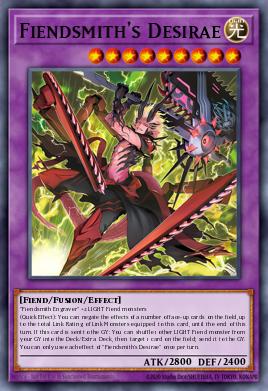
Fiendsmith's Desirae is the last card of the theme that is currently TCG legal. This monster requires three materials to summon, meaning you're far less likely to summon it utilising Fiendsmith's Tract's graveyard effect. That said, this monster can negate cards on the field up to the number of link rating of monsters equipped to this card. (See: Fiendsmith's Sequence and Fiendsmith's Requiem's second effects). Additionally, this card sends one card on the field to the graveyard by recycling one LIGHT fiend when it is sent to the graveyard, making it somewhat of a hassle to remove safely.
Applications
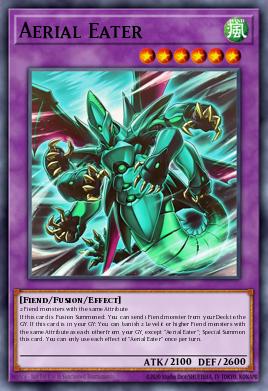
The Fiendsmith theme has seen a great deal of success played in combination with a great many other themes due to its generic accessibility. This has been amplified somewhat since the theme's initial reveal through the additions of Aerial Eater and Necroquip Princess as TCG exclusive additions to the engine. Aerial Eater provides the ability to generically send one fiend from the deck to the graveyard, and Necroquip Princess allows the theme ot push further through interruptions.
Below, I will highlight some standard and some interesting potential applications of the theme.
Most commonly at time of writing, Fiendsmith has seen a great deal of success utilised within the Snake-Eye strategy. Above is a decklist crafted by Samuel Beboux, who went on to pilot this deck to a Top 4 finish at this year's European WCQ. The engine is compact, as far as the main deck is concerned, only requiring three copies of Fiendsmith Engraver, one copy of Fiendsmith's Tract, and one copy of Fabled Lurrie as the search target for Fiendsmith's Tract.
 Fabled Lurrie functionally turns Fiendsmith's Tract into a variety of Emergency Teleport, utilising the discarding element of Fiendsmith's Tract to special summon Fabled Lurrie upon being discarded. Typically Fabled Lurrie will then be used as material for the summoning of Fiendsmith's Requiem, and the standard combo line proceeds from there.
Fabled Lurrie functionally turns Fiendsmith's Tract into a variety of Emergency Teleport, utilising the discarding element of Fiendsmith's Tract to special summon Fabled Lurrie upon being discarded. Typically Fabled Lurrie will then be used as material for the summoning of Fiendsmith's Requiem, and the standard combo line proceeds from there.
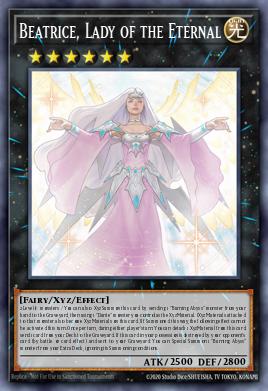
It's worth noting that the key downside of the fiendsmith engine in decks such as these is the large amount of extra deck space dedicated to it. In this particular list, seven extra deck spots are taken up by fiendsmith monsters, or required as pieces of their standard combo line, such as Beatrice, Lady of the Eternal.
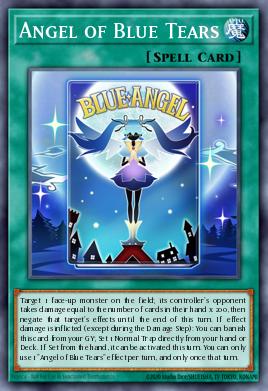
Note the singular copy of Angel of Blue Tears in the side deck. This card is typically sent to the GY via the effect of Beatrice, Lady of the Eternal, allowing you to banish it from the GY to set one normal trap from your deck. In this deck in particular, the duelist opted for Dimensional Barrier and Different Dimension Ground.
For a more interesting example application of the engine - This particular decklist was piloted by Dinh-Kha Bui at the same event. Dinh-Kha is a duelist who is well known for his creative takes on list building, famously having won events with Prank-Kids in the past. This particular list saw similar success, reaching top 64 at the same European WCQ as the prior list.
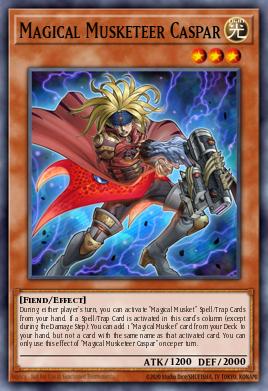
This decklist focuses on the synergies between the fiendsmith monsters and magical musketeers. The key thing to note here is that all magical musketeer monsters are light fiends, allowing you to turn them into Fiendsmith's Requiem without having to summon a generic link 2 monster beforehand.
 Additionally, the Magical Musketeer portion of this deck benefits from the usage of the fiendsmith spells, with Fiendsmith's Sanct and Fiendsmith's Tract being extremely easy ways to trigger the effects of the magical musketeer monsters such as Magical Musketeer Caspar in order to gleam additional card advantage from activations.
Additionally, the Magical Musketeer portion of this deck benefits from the usage of the fiendsmith spells, with Fiendsmith's Sanct and Fiendsmith's Tract being extremely easy ways to trigger the effects of the magical musketeer monsters such as Magical Musketeer Caspar in order to gleam additional card advantage from activations.
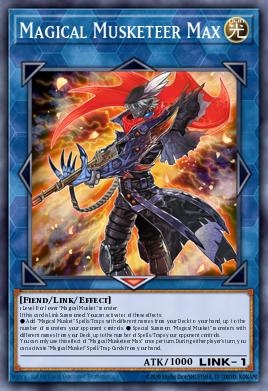
Finally, being a theme of light fiend monsters allows this deck to recycle the magical musketeer monsters via the effects of Fiendsmith monsters like Fiendsmith Engraver or using them as fusion material. This also frees up a great deal of extra deck space, as Magical Musketeer Max is a key extra deck monster but this list can afford to play only one copy due to the recursion available in this combination of themes.
Hopefully this has been an engaging and informative dive into the fiendsmith theme and one or two of its potential applications. Due to the generic nature in which decks can access the theme, it's not possible for me to cover all of them in one article - That said, please let us know below some of your favourite applications of the fiendsmith engine! We'd love to hear your ideas.
Additionally, if you'd like to see us talk about other engines that duelists are currently playing, make sure you comment them below.
